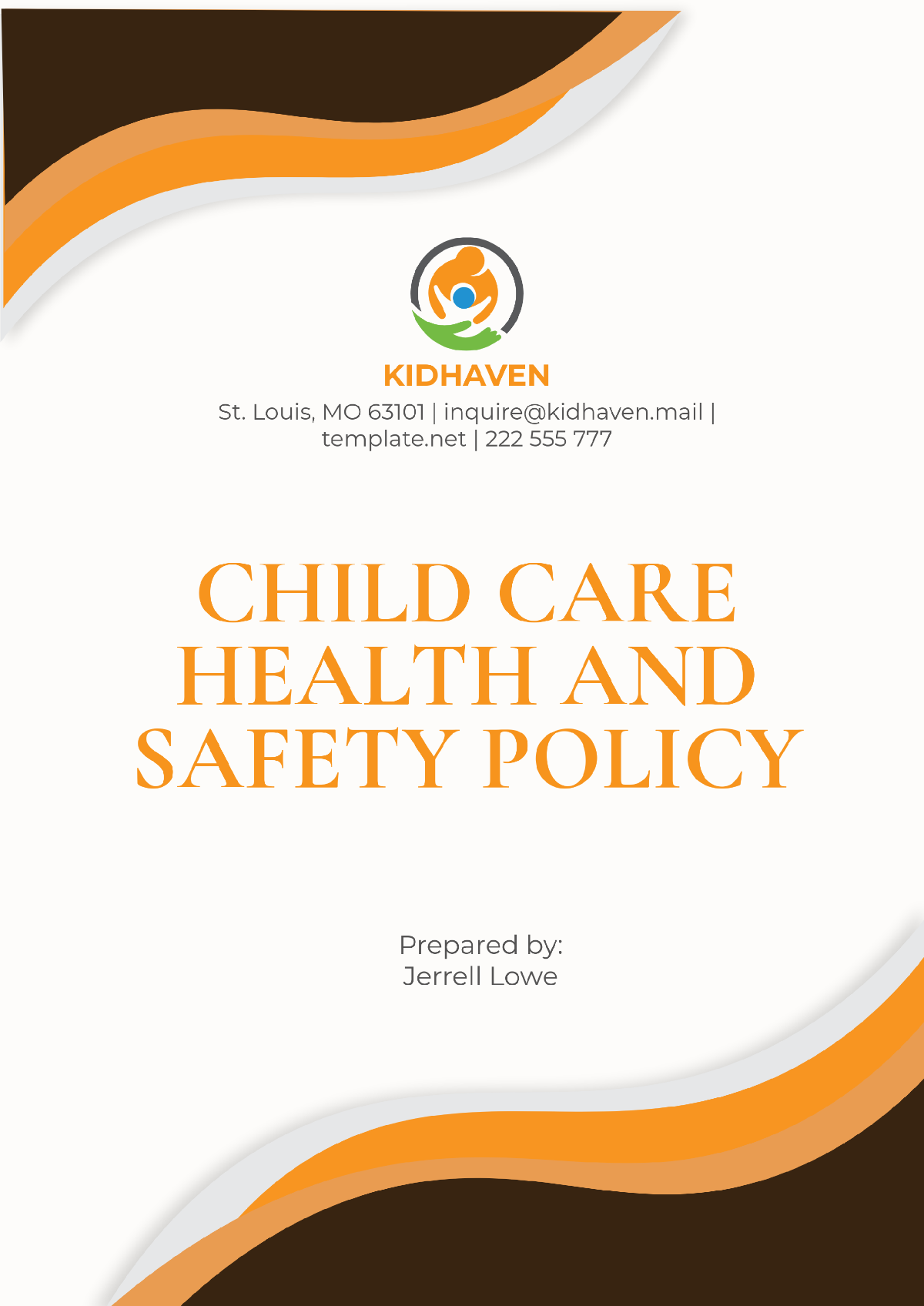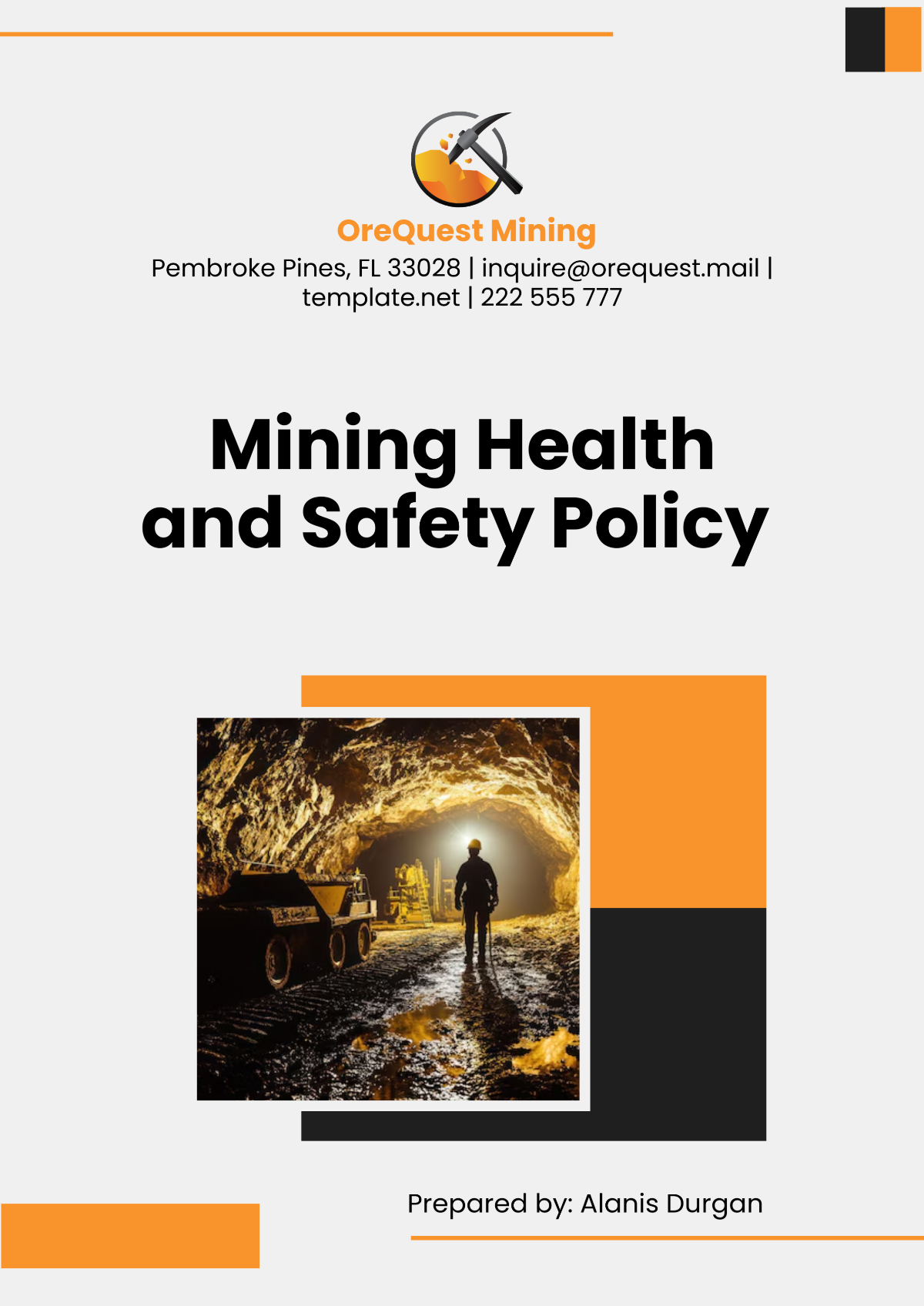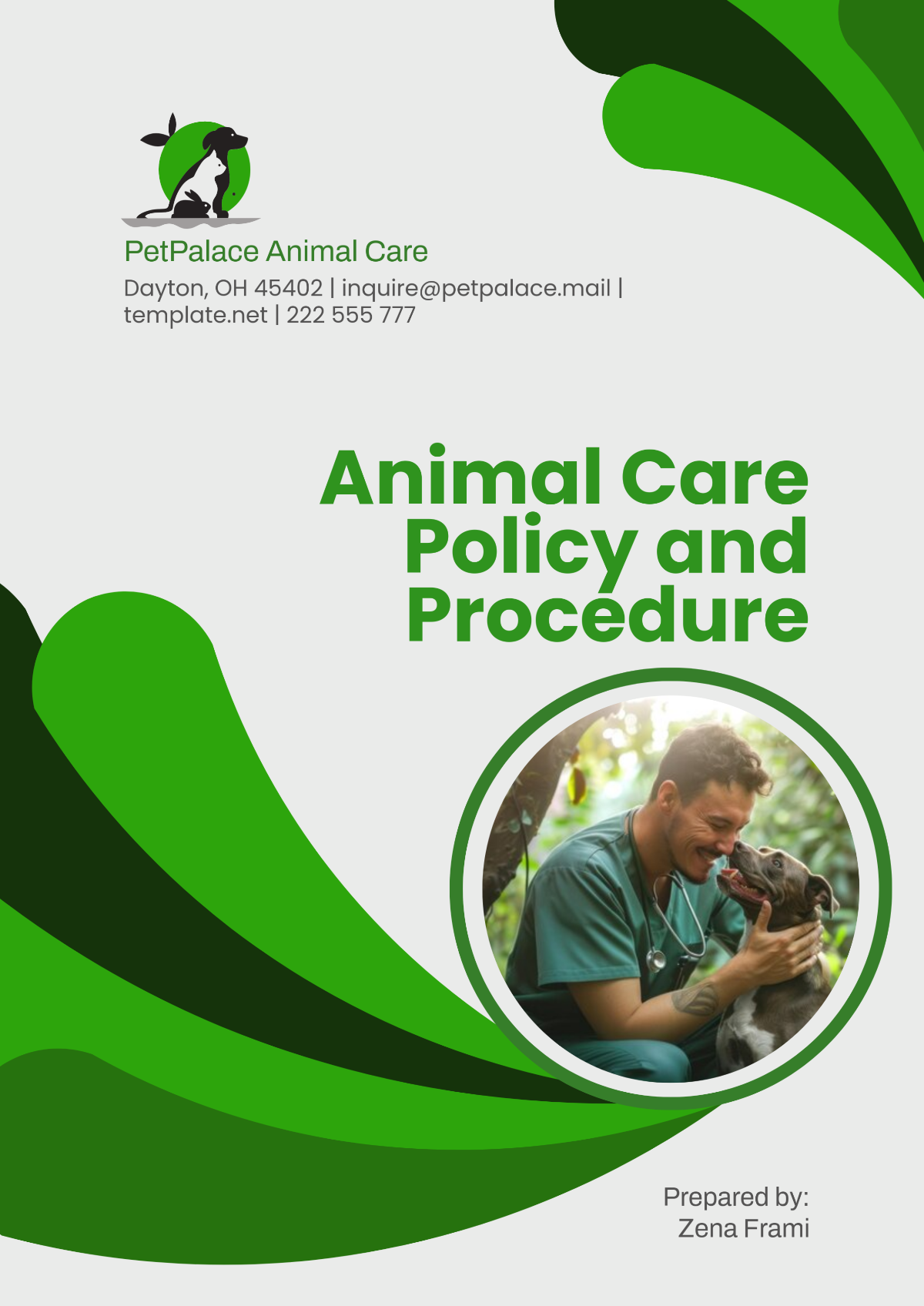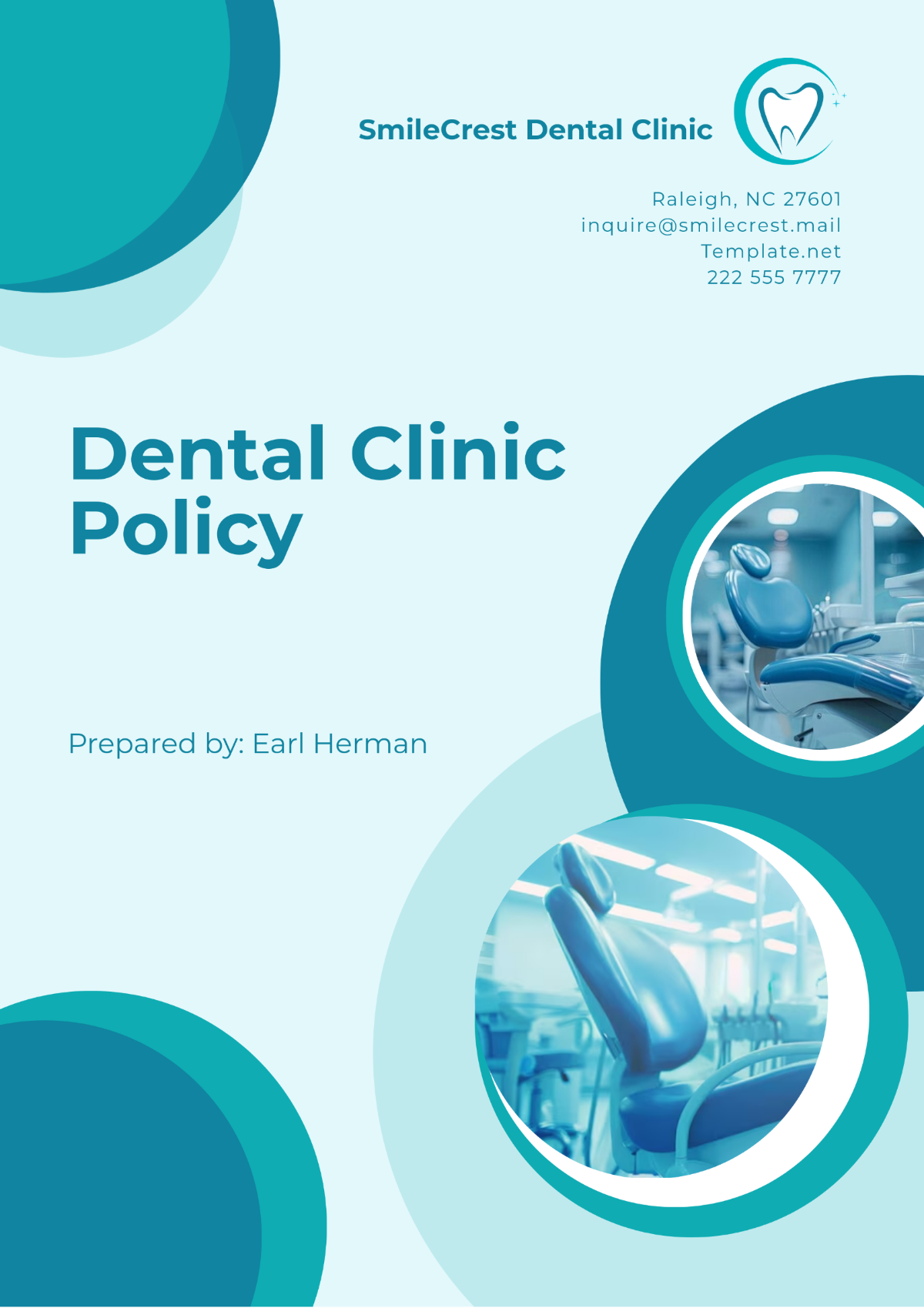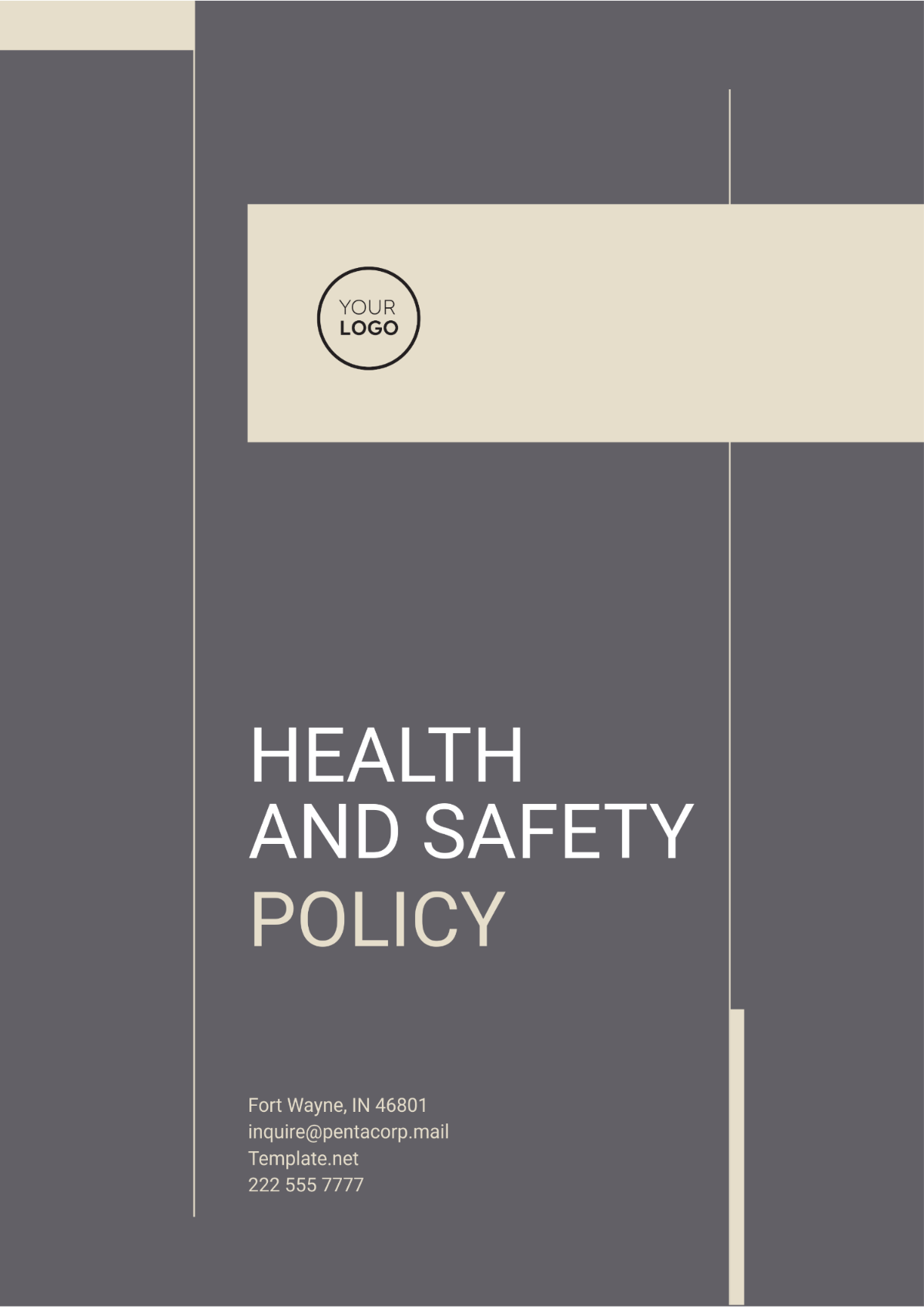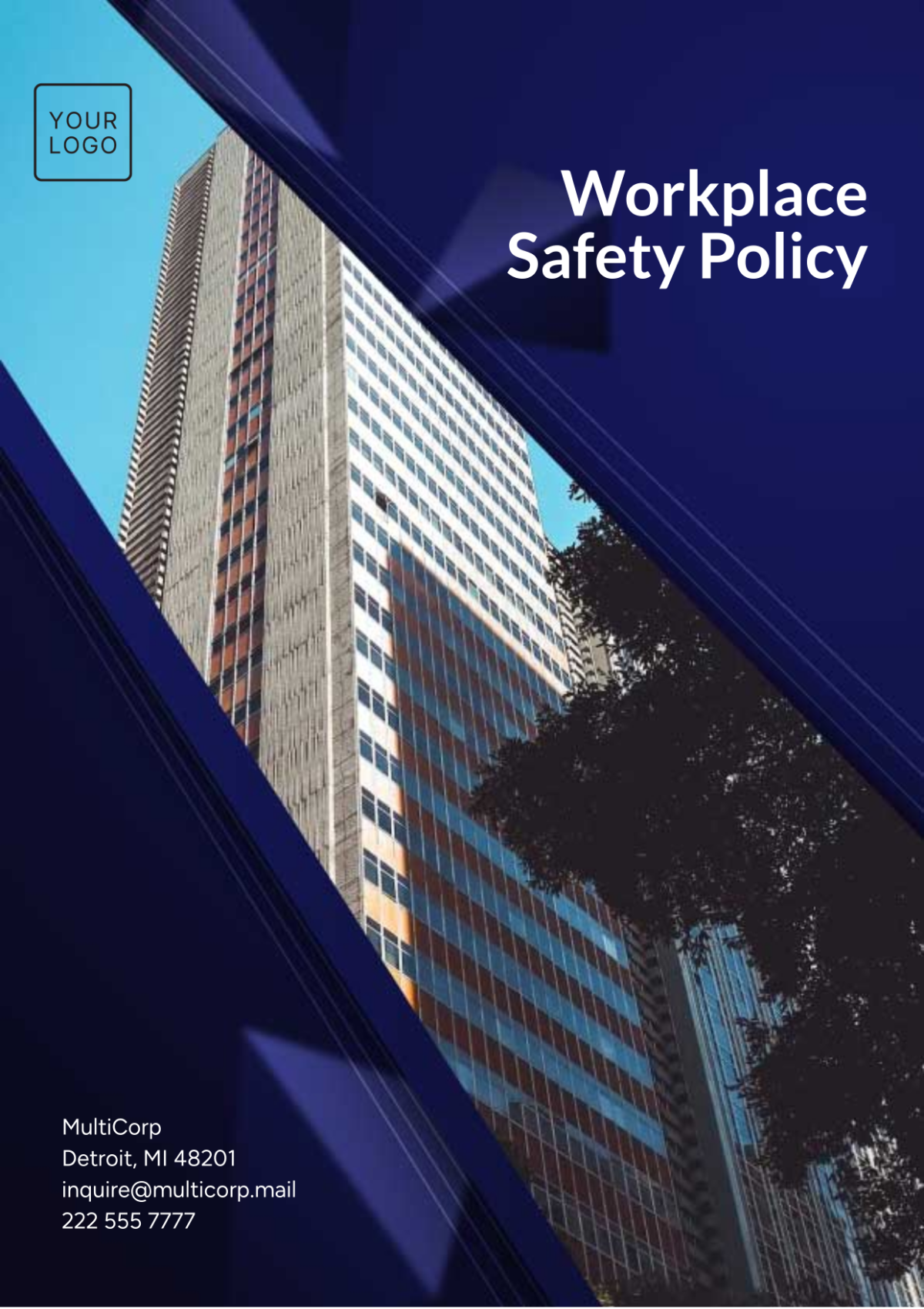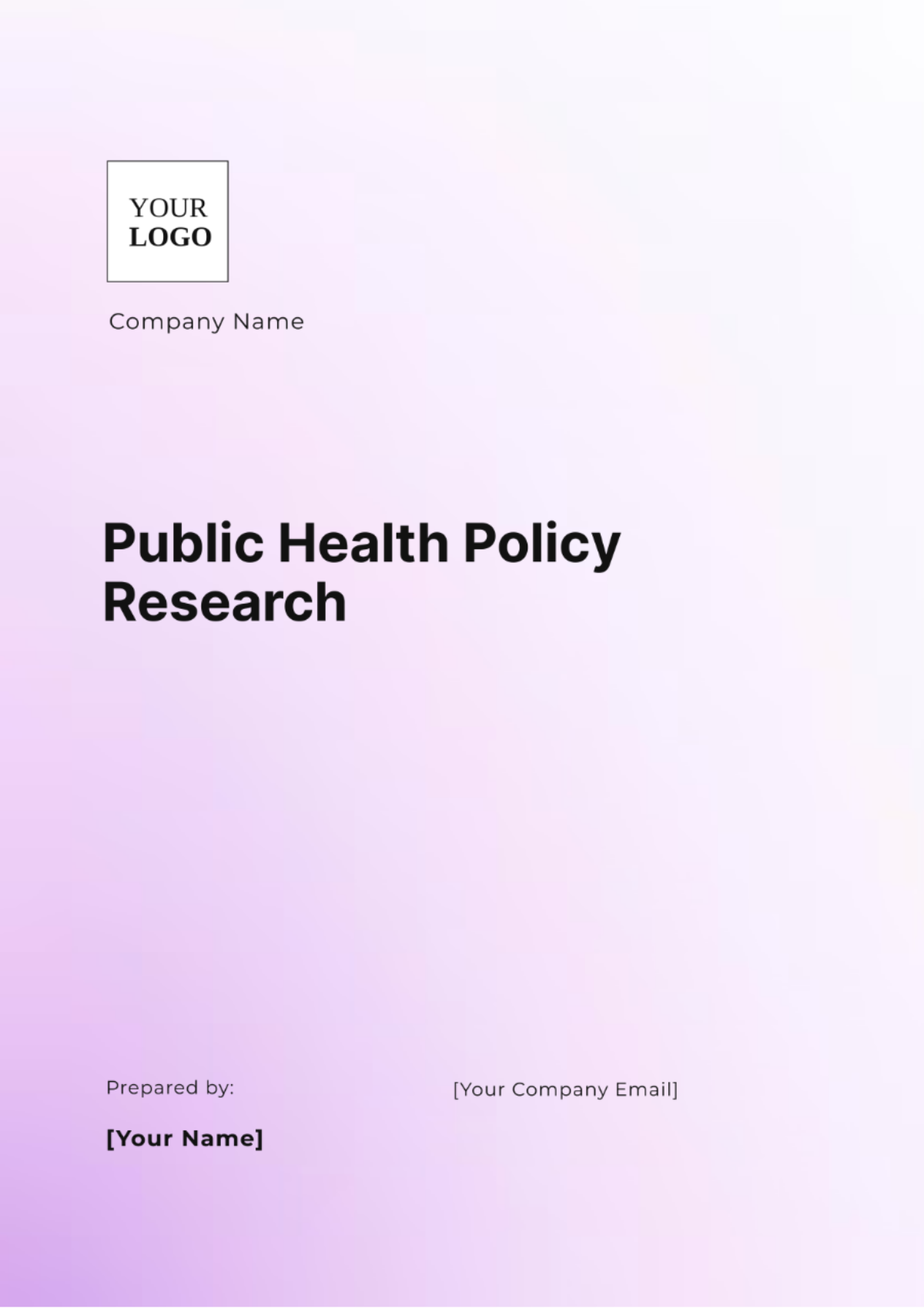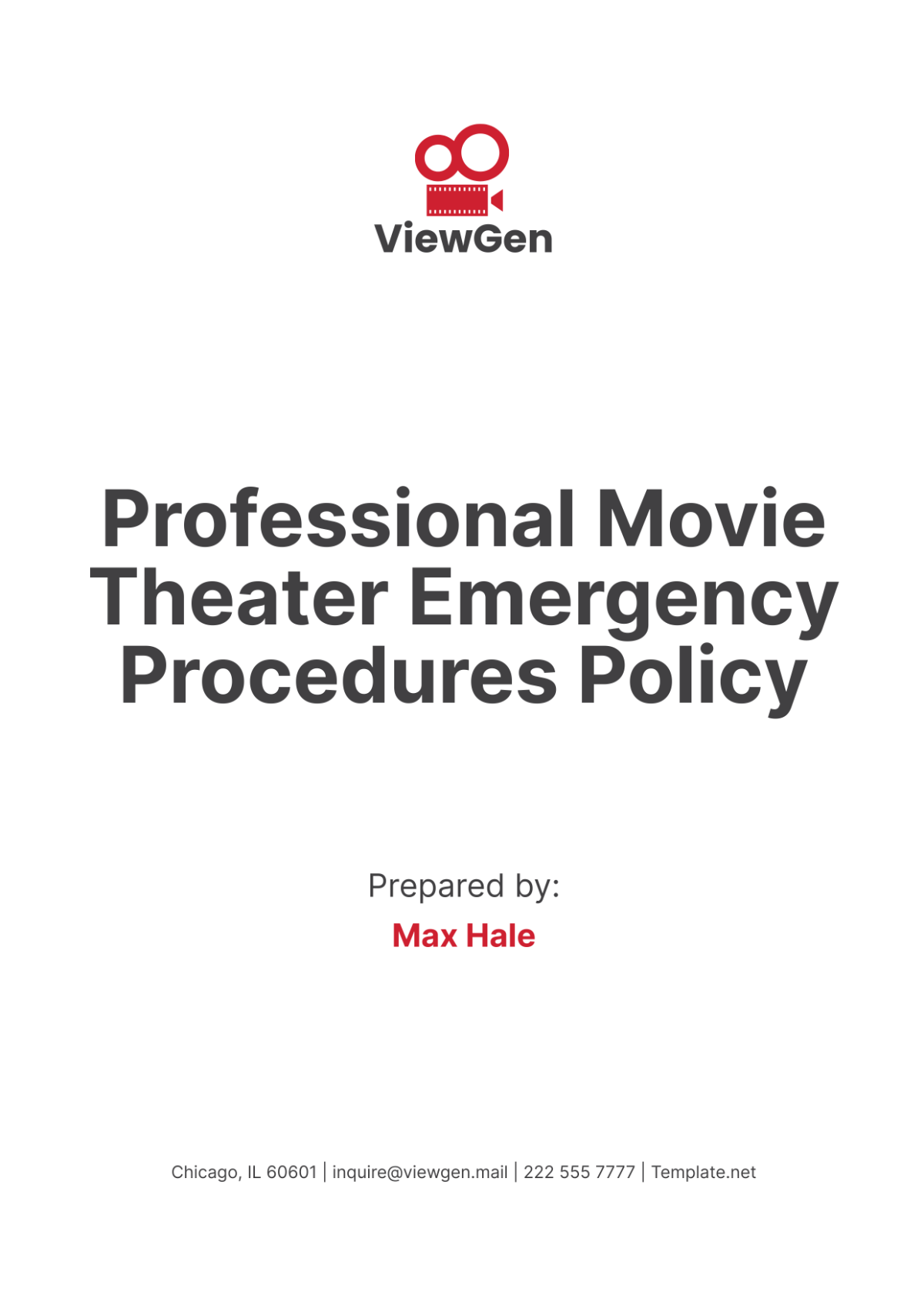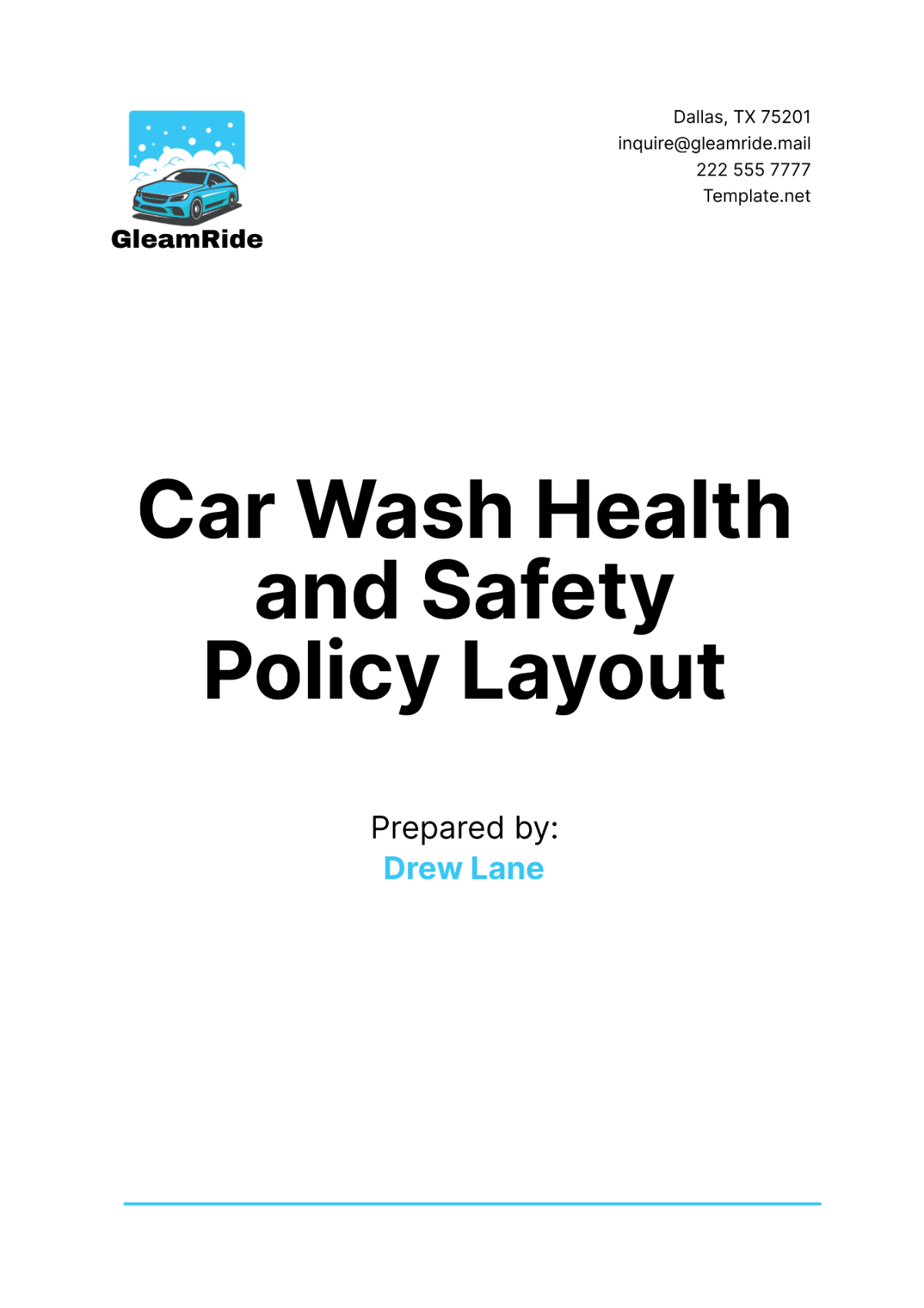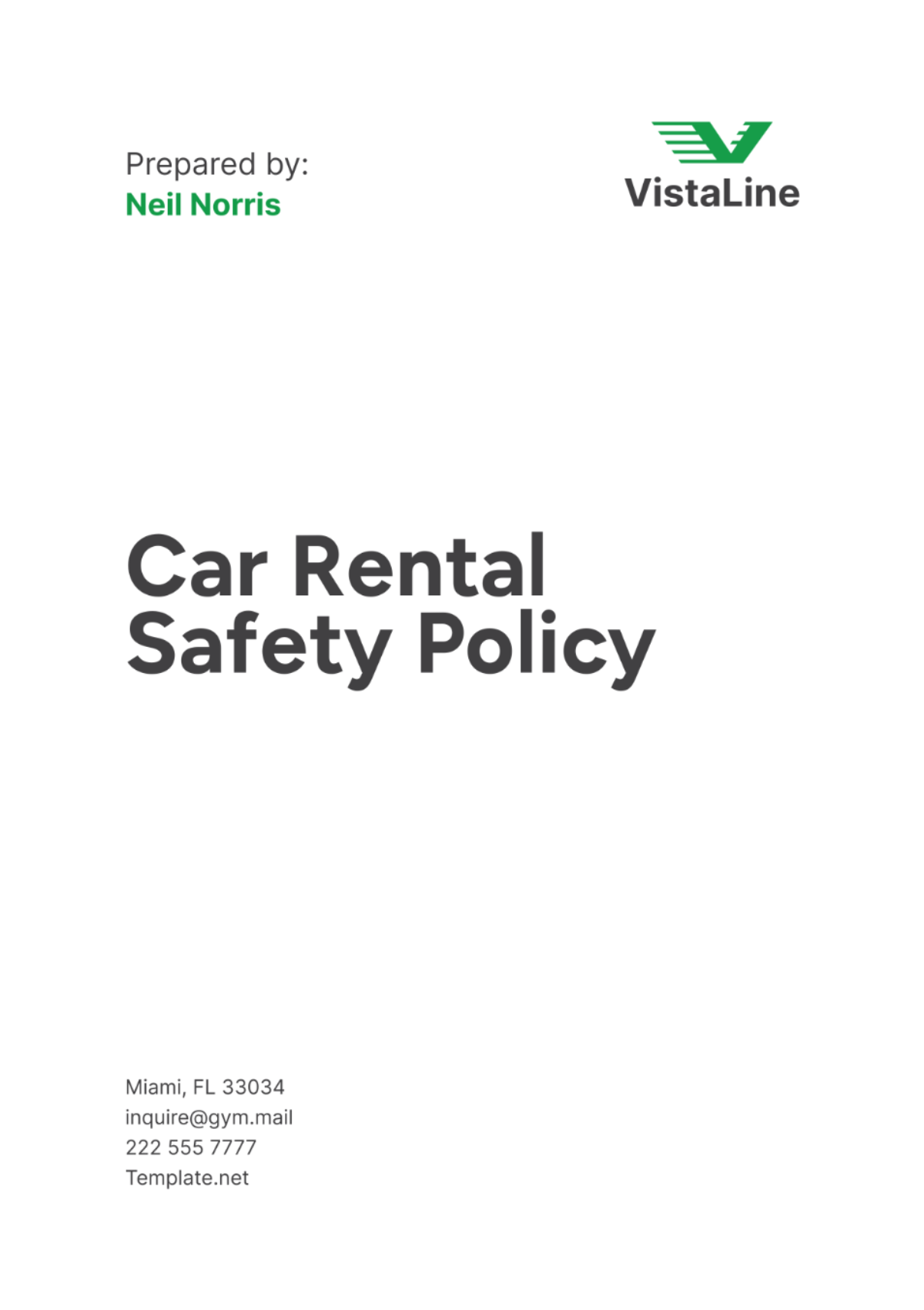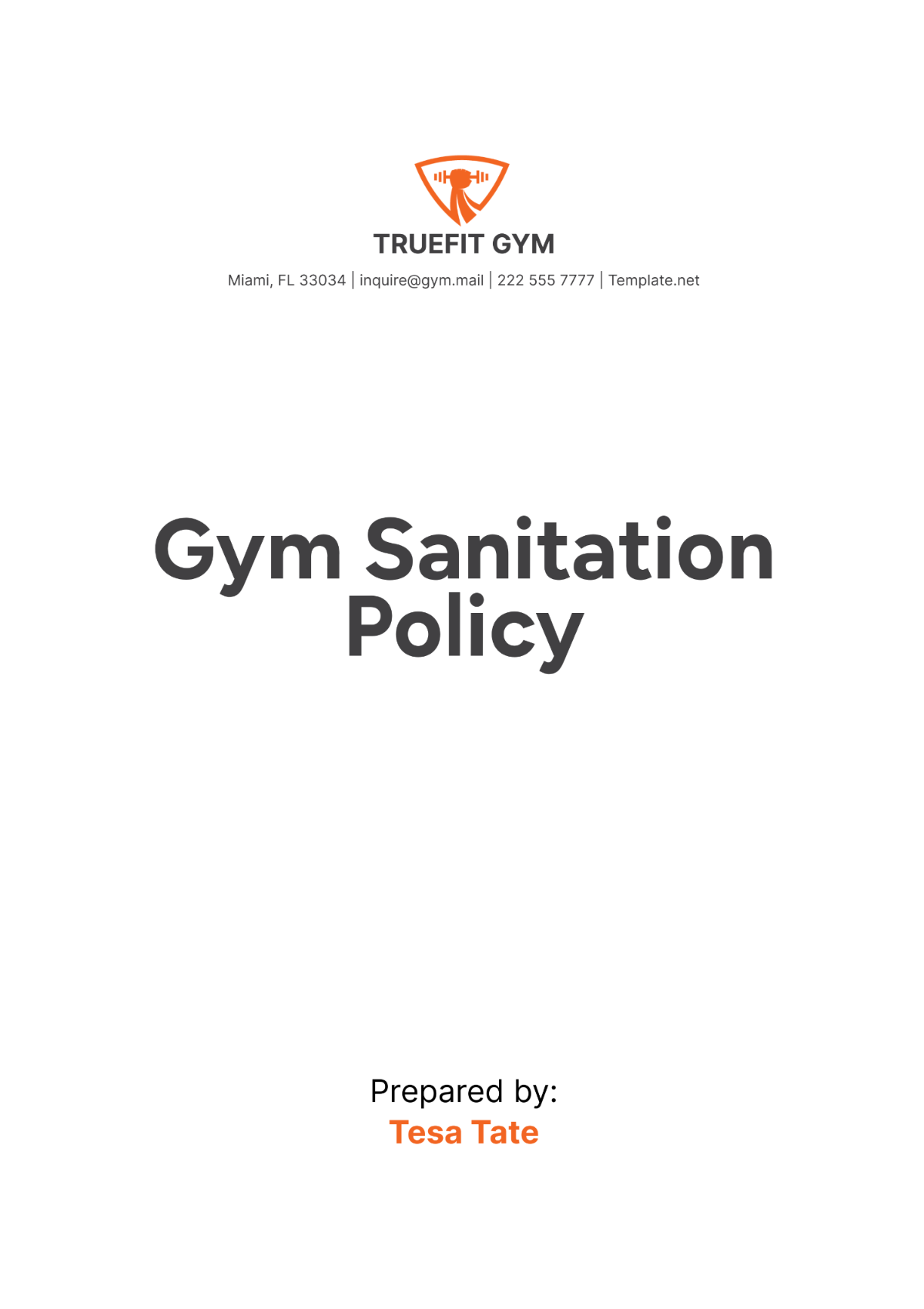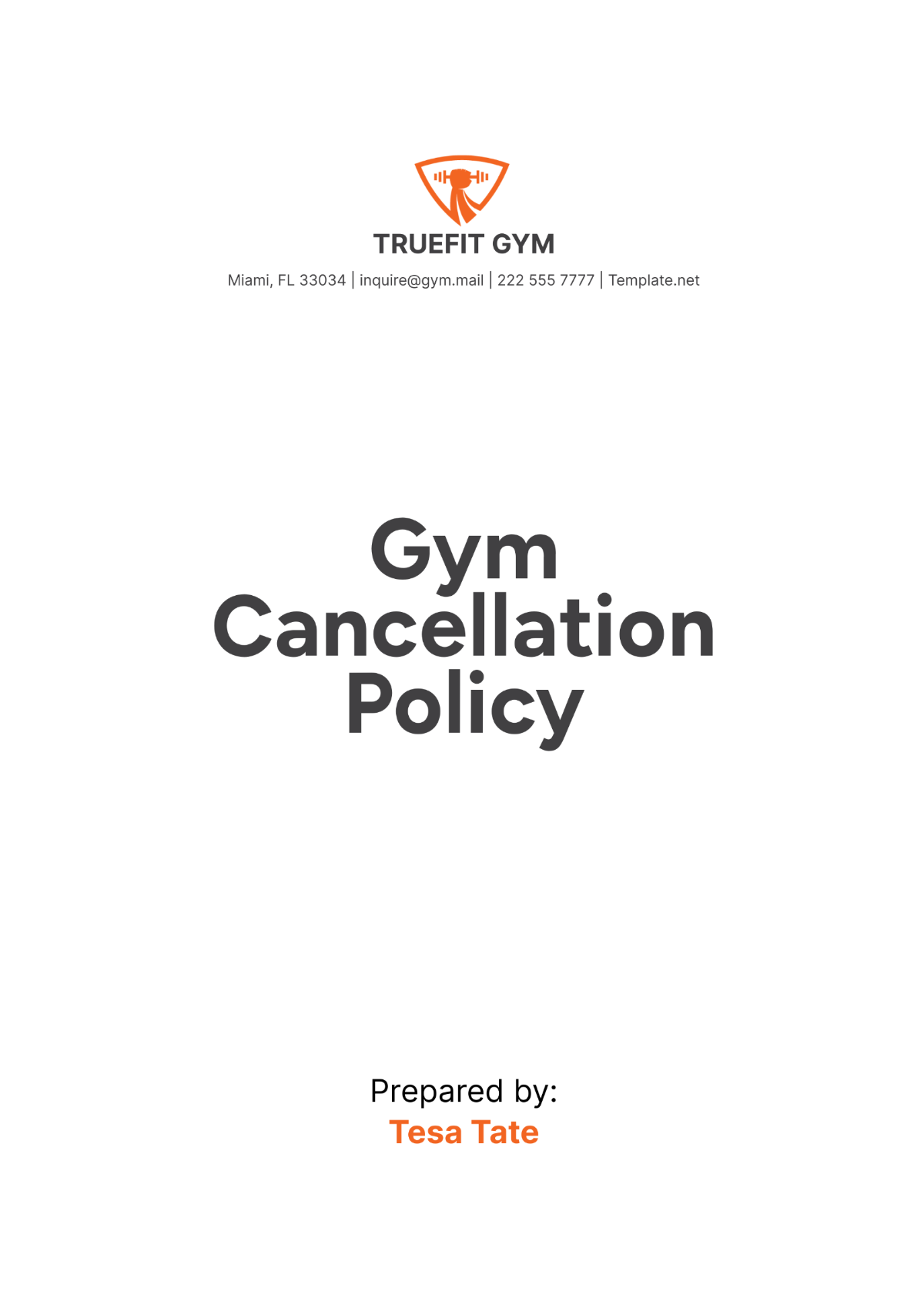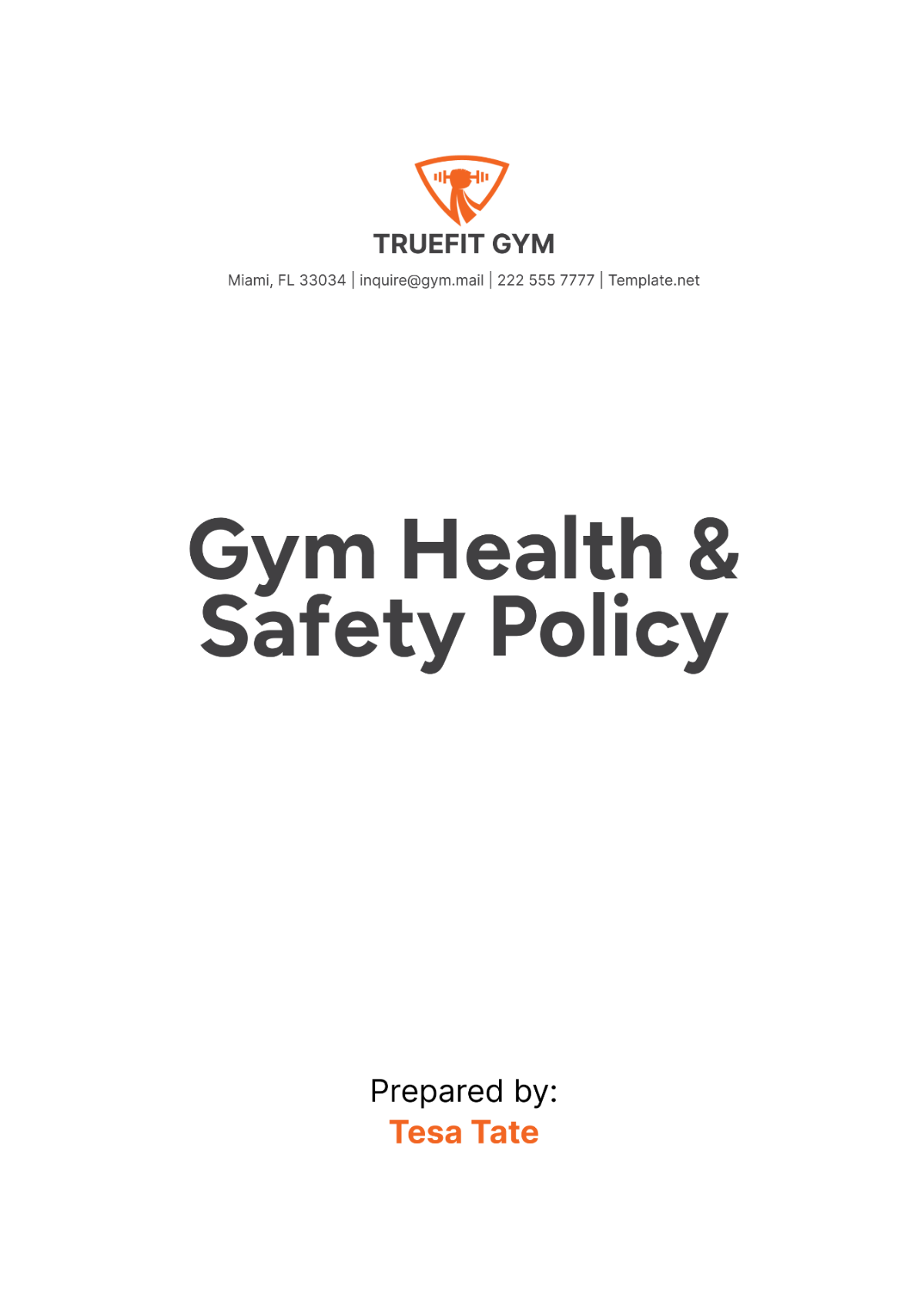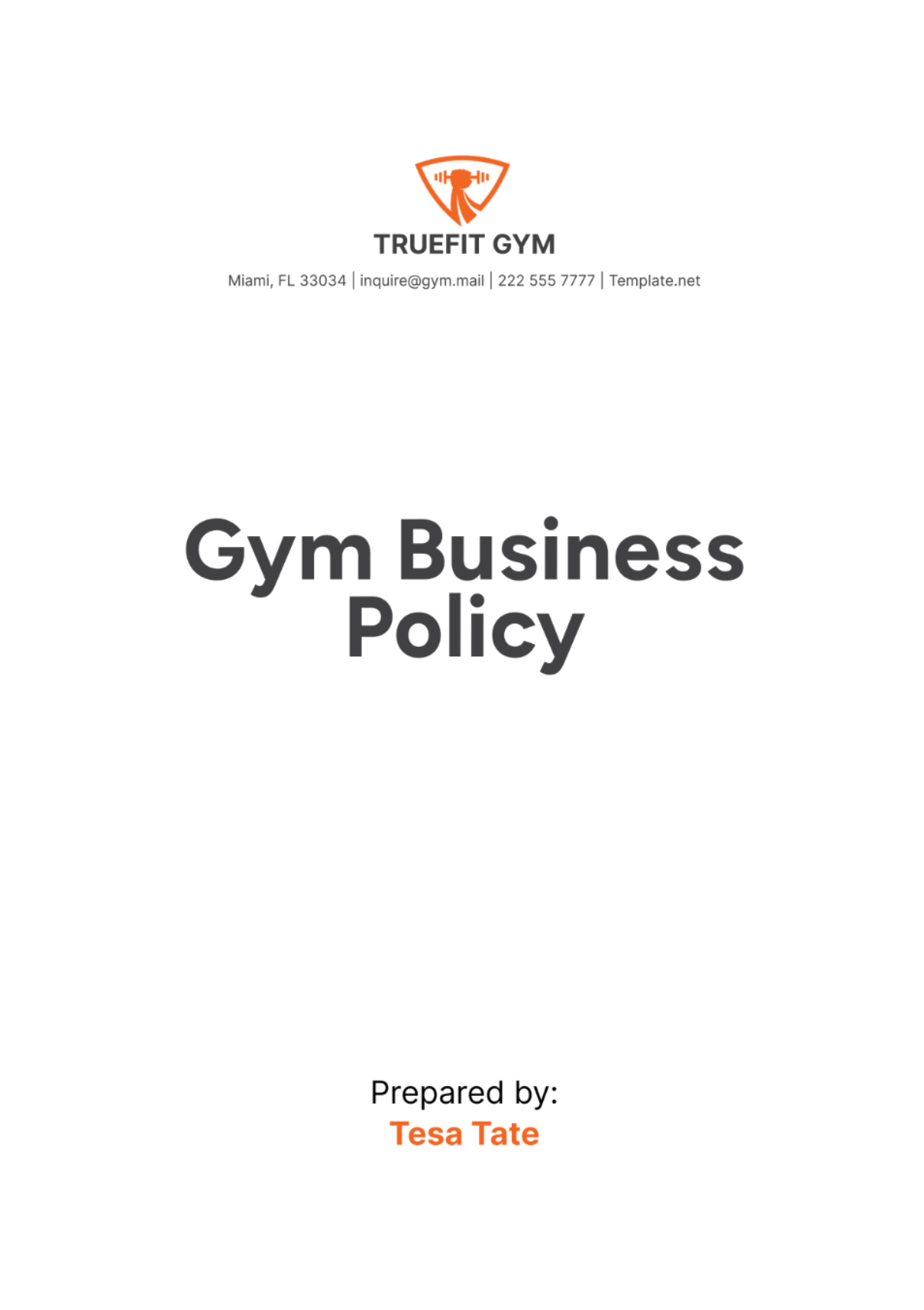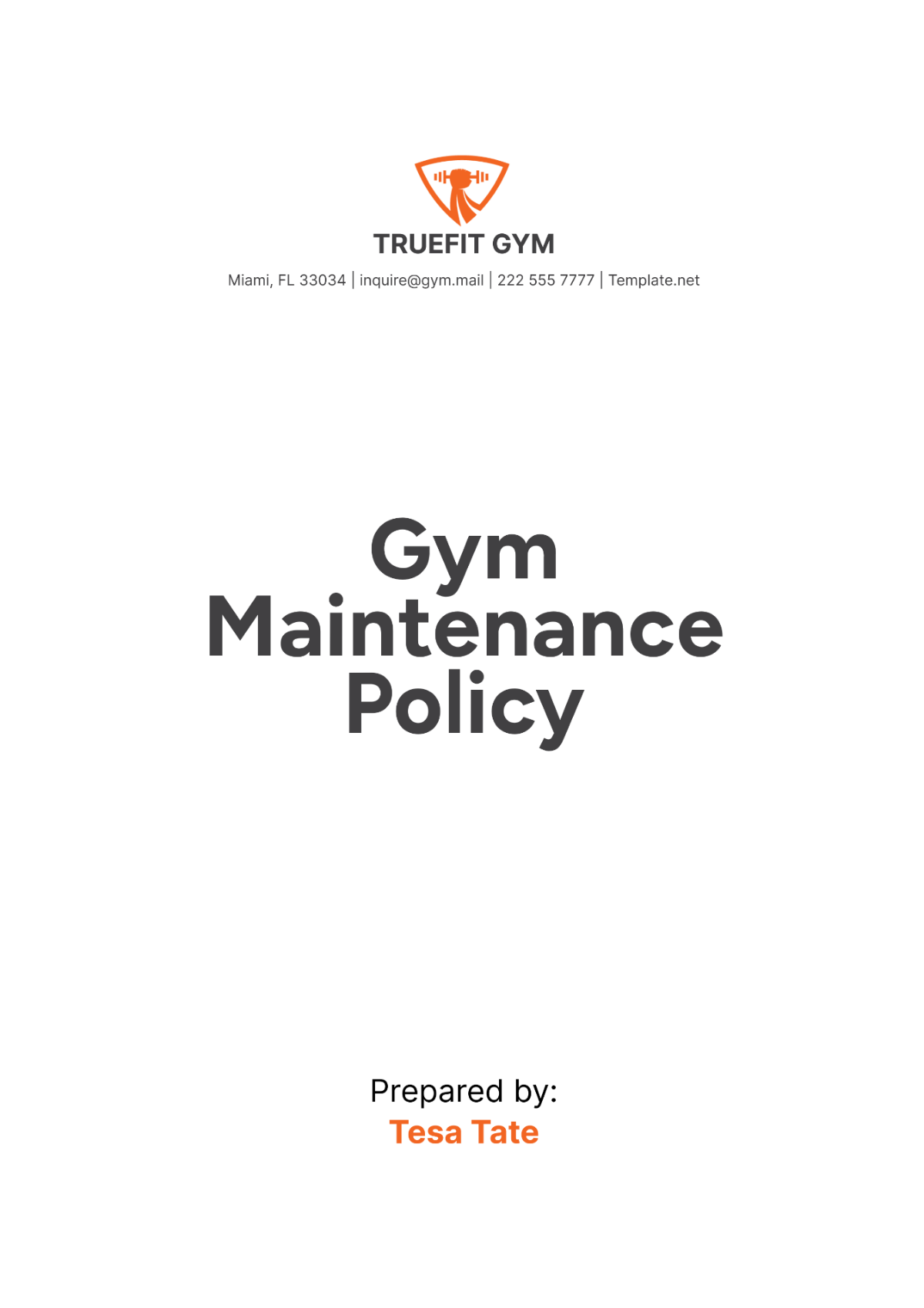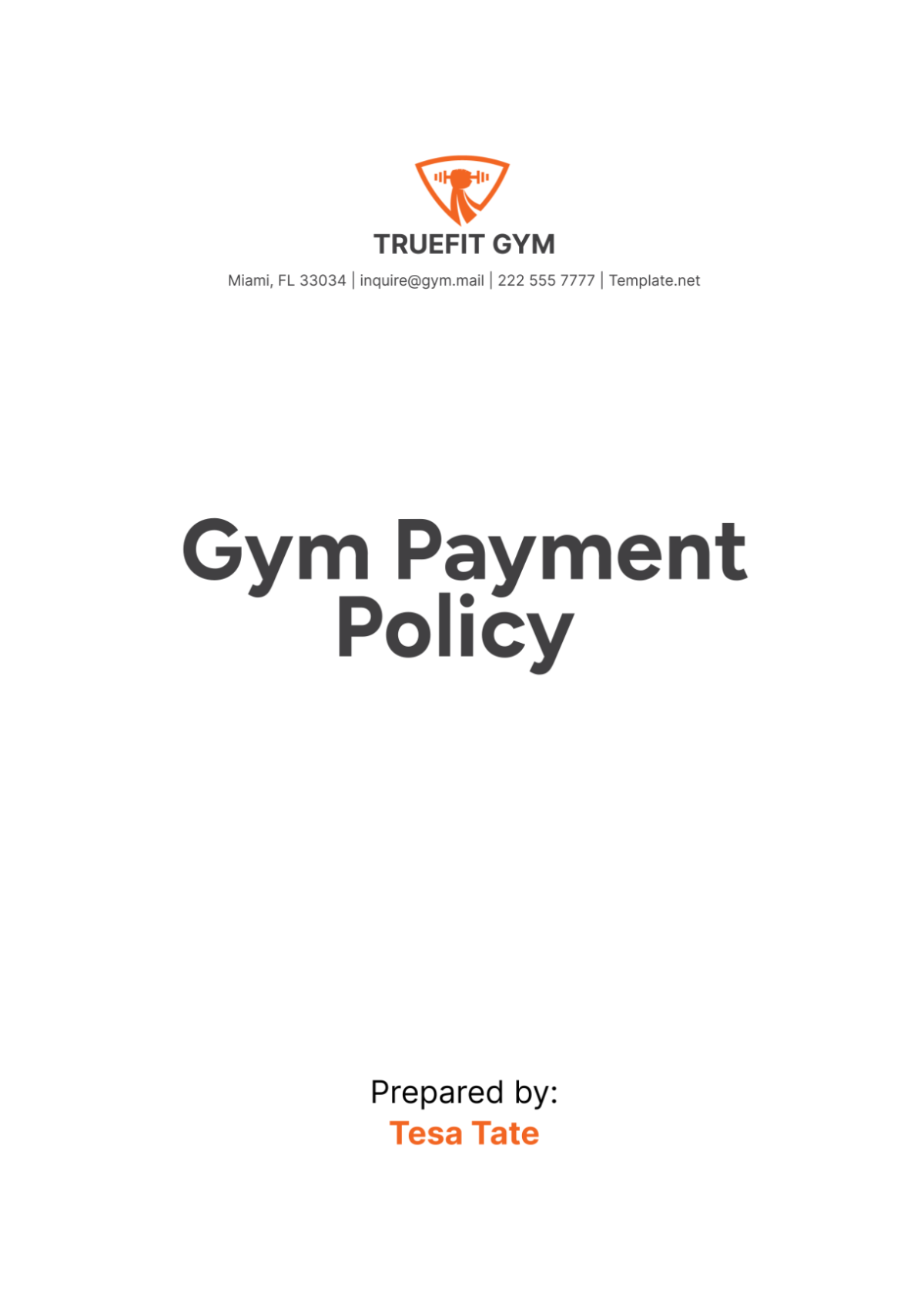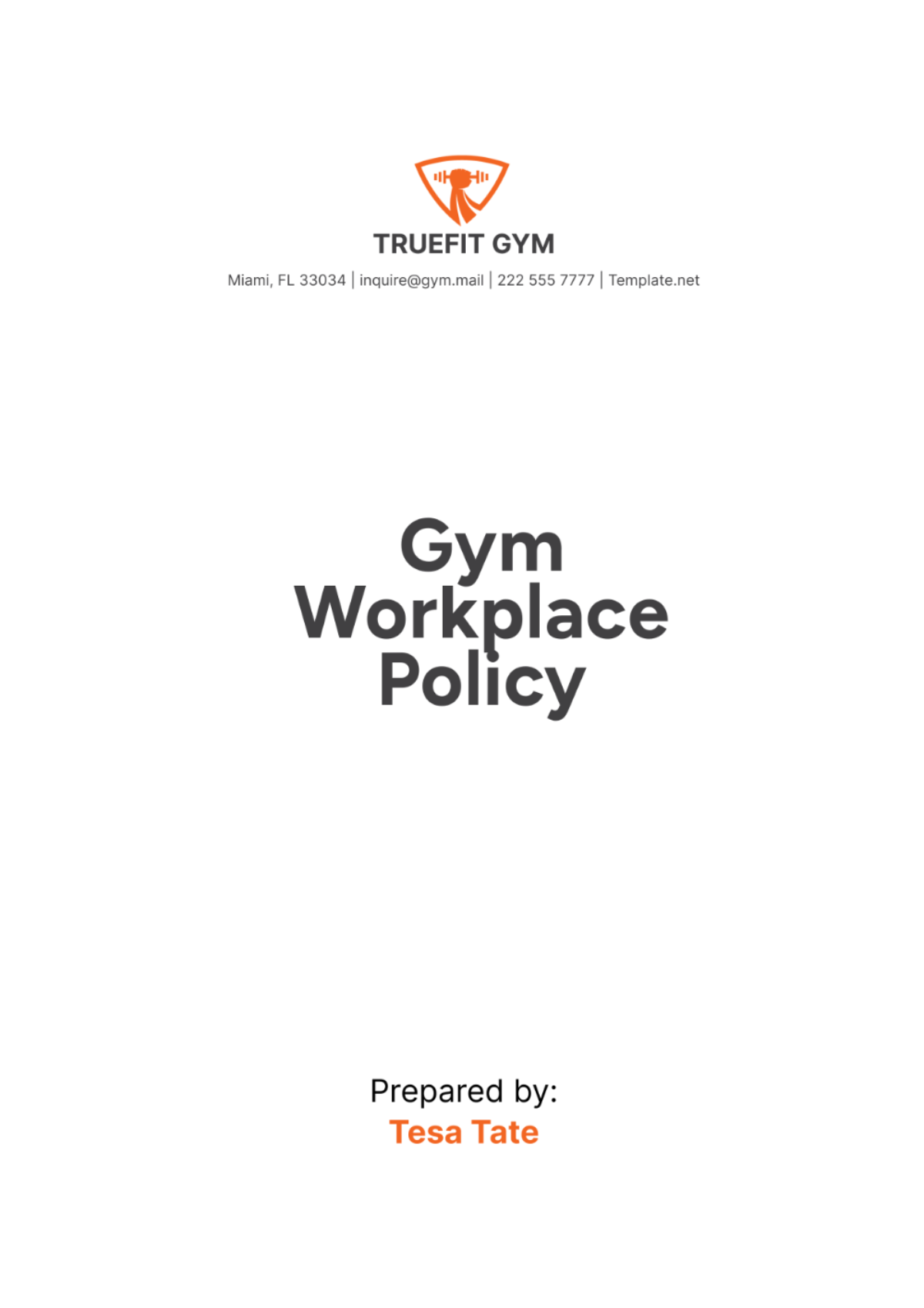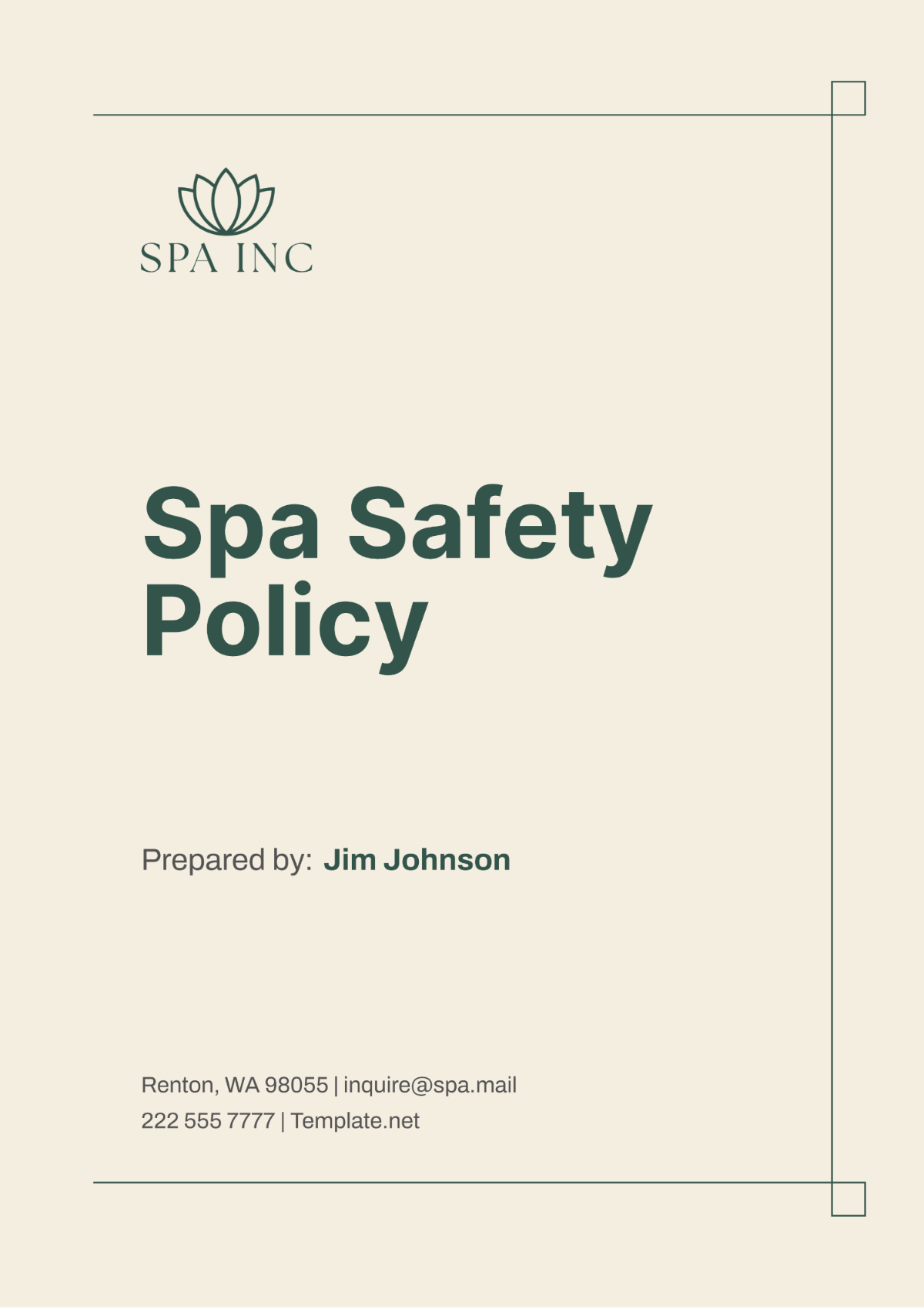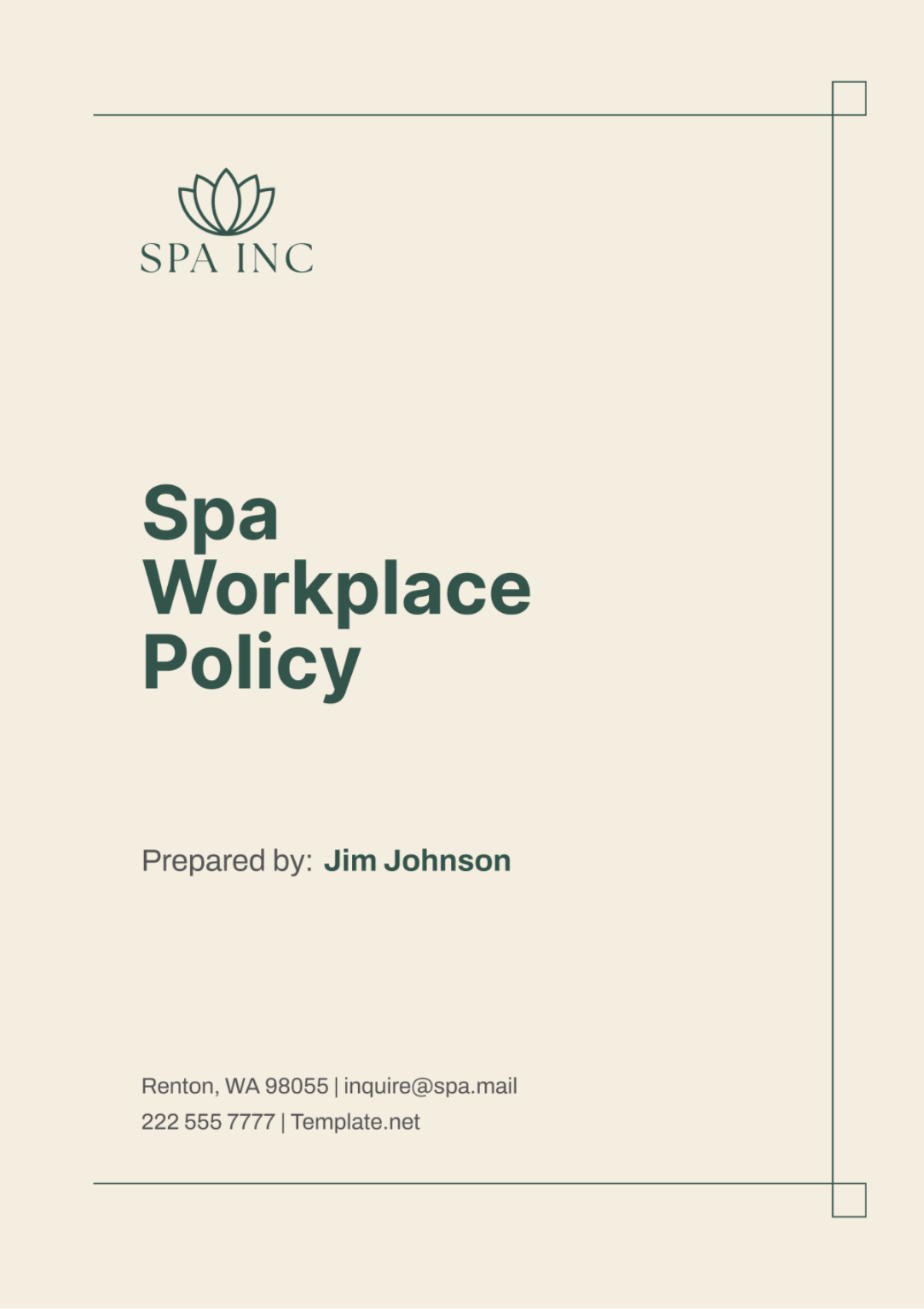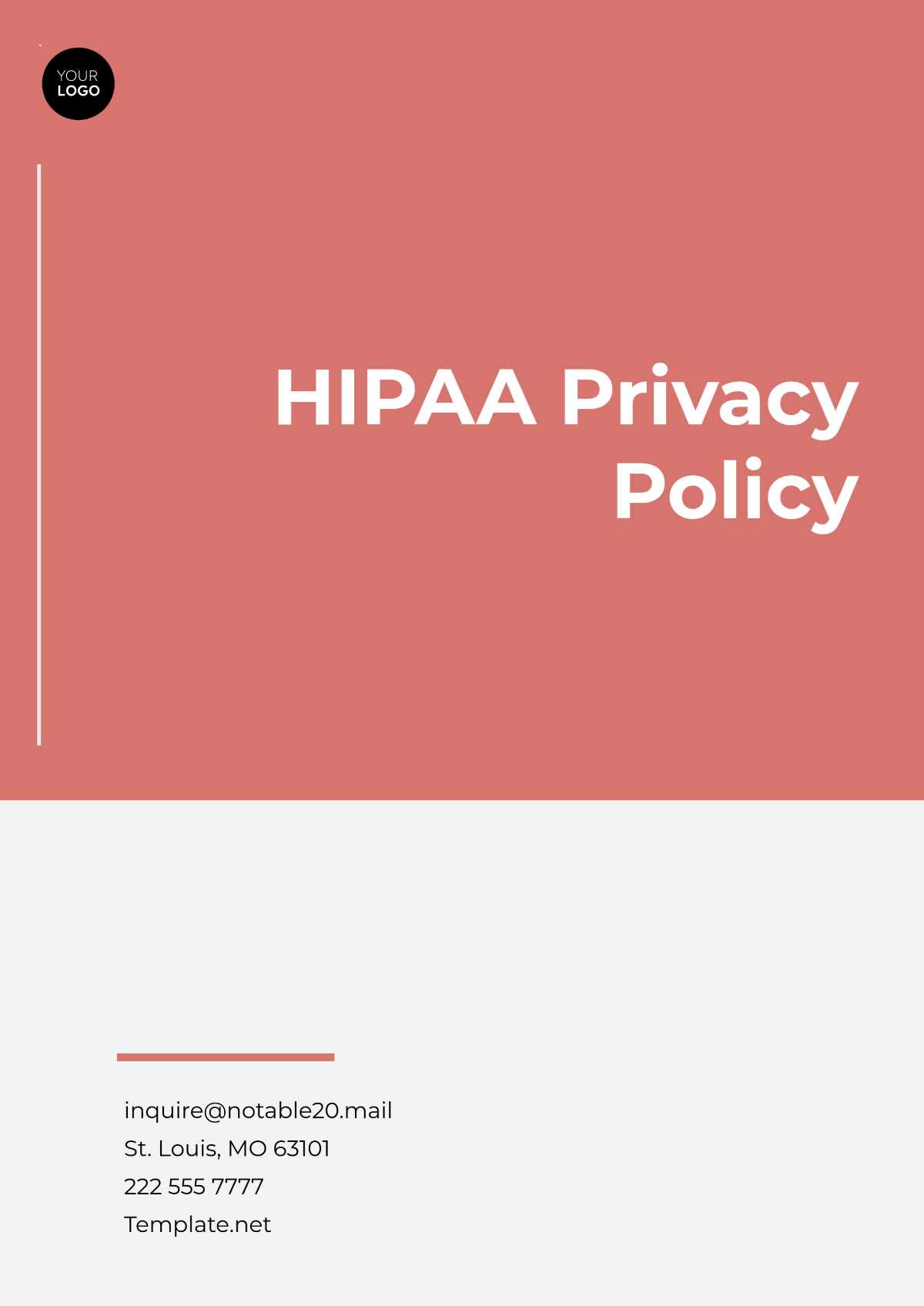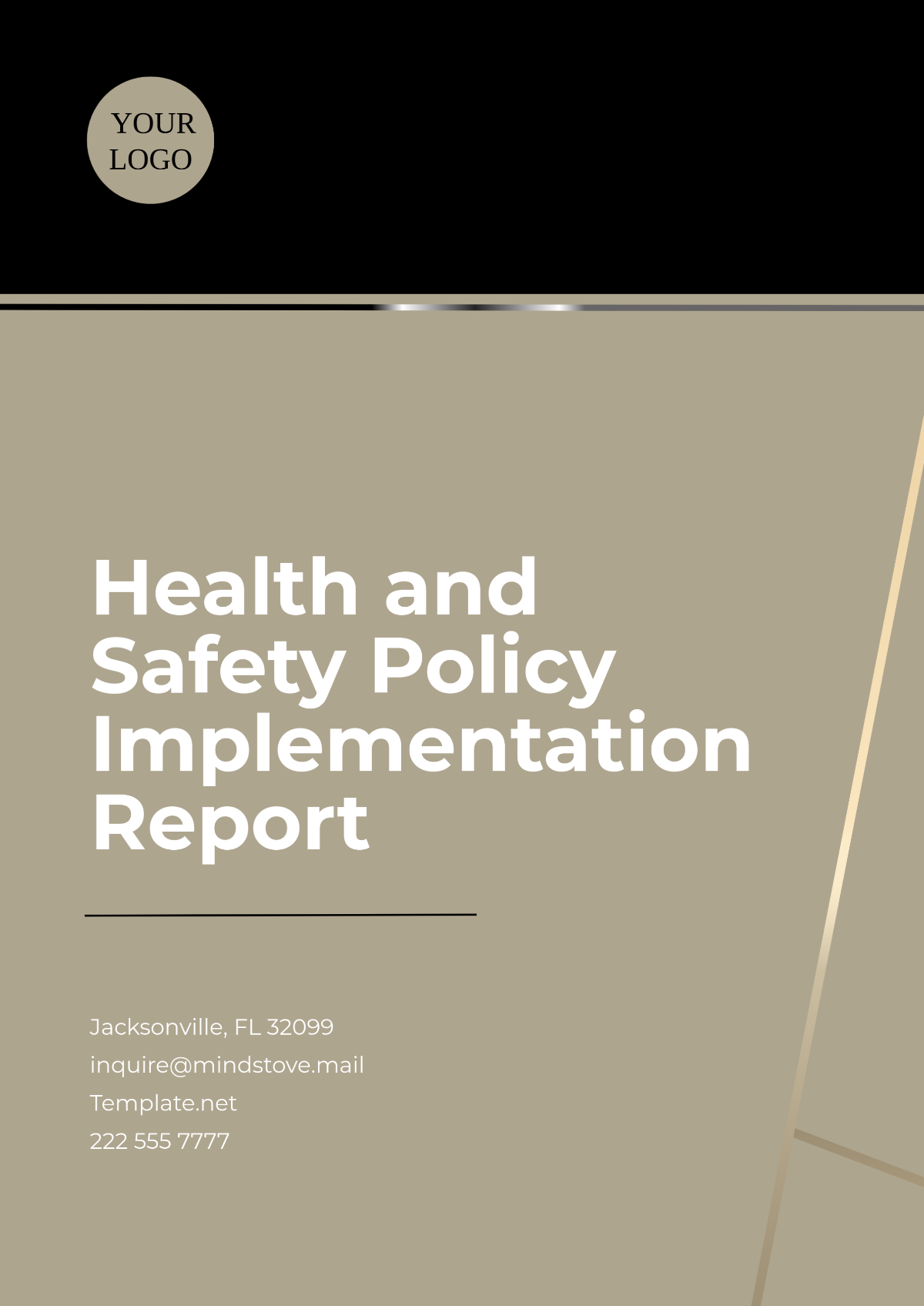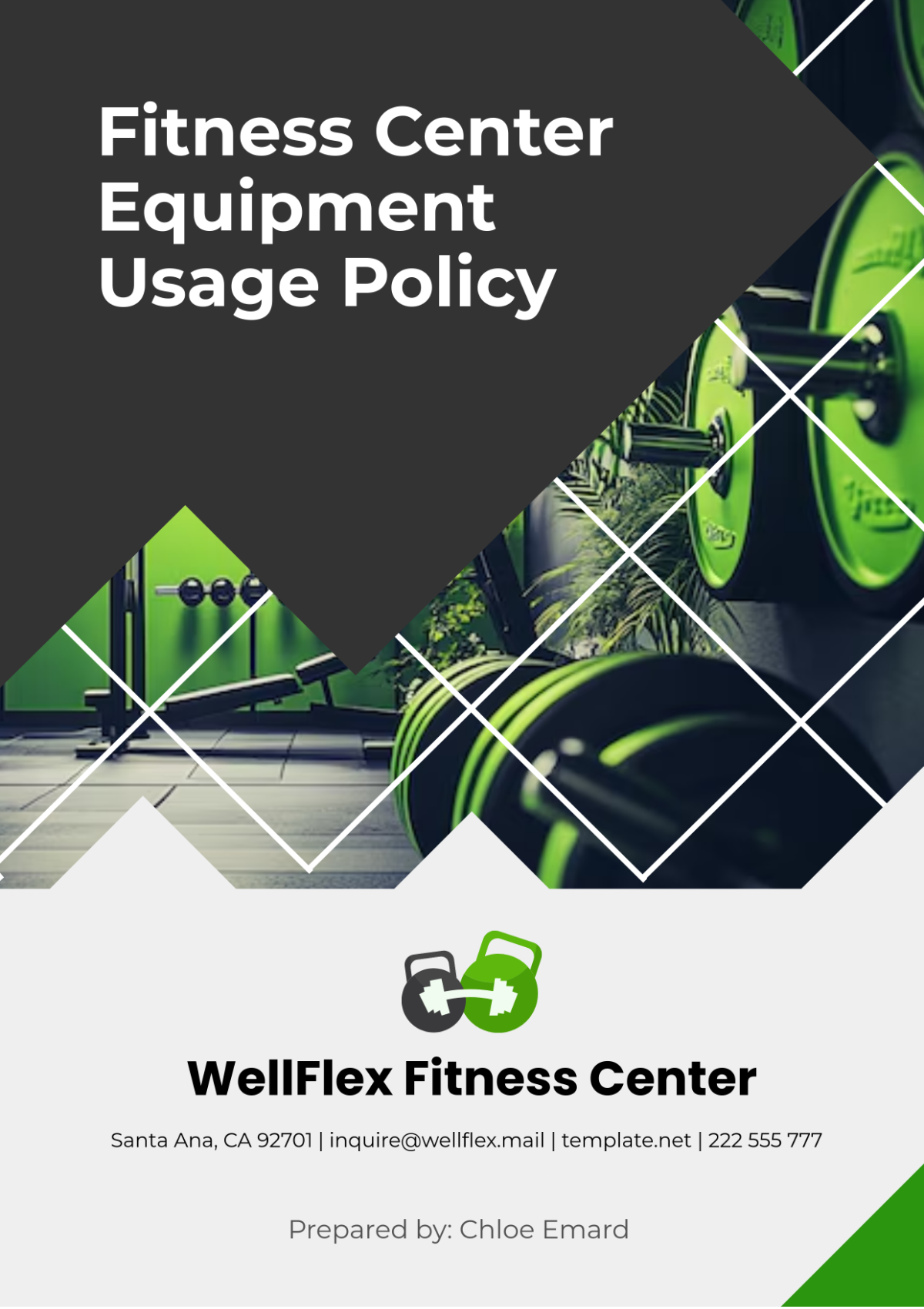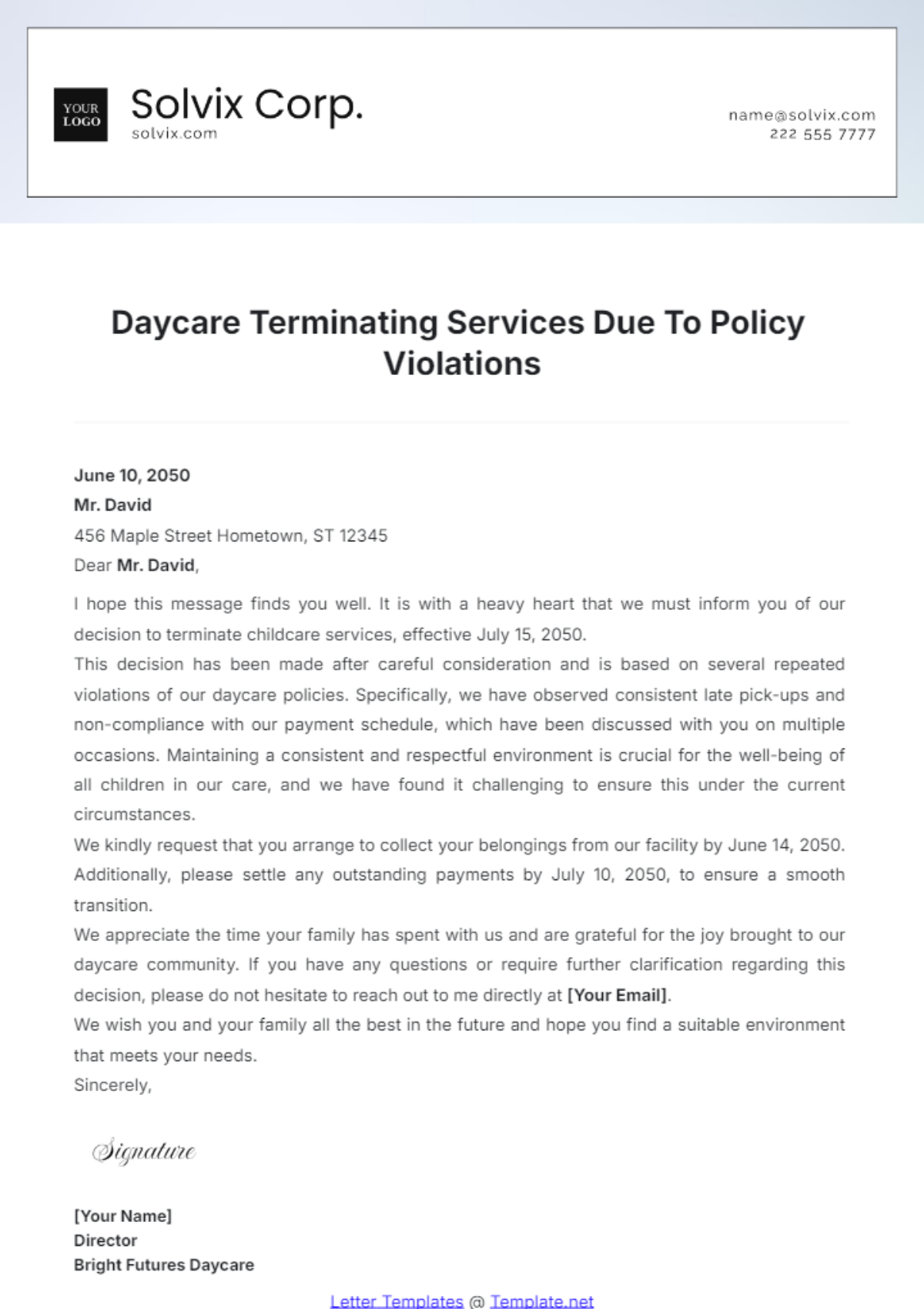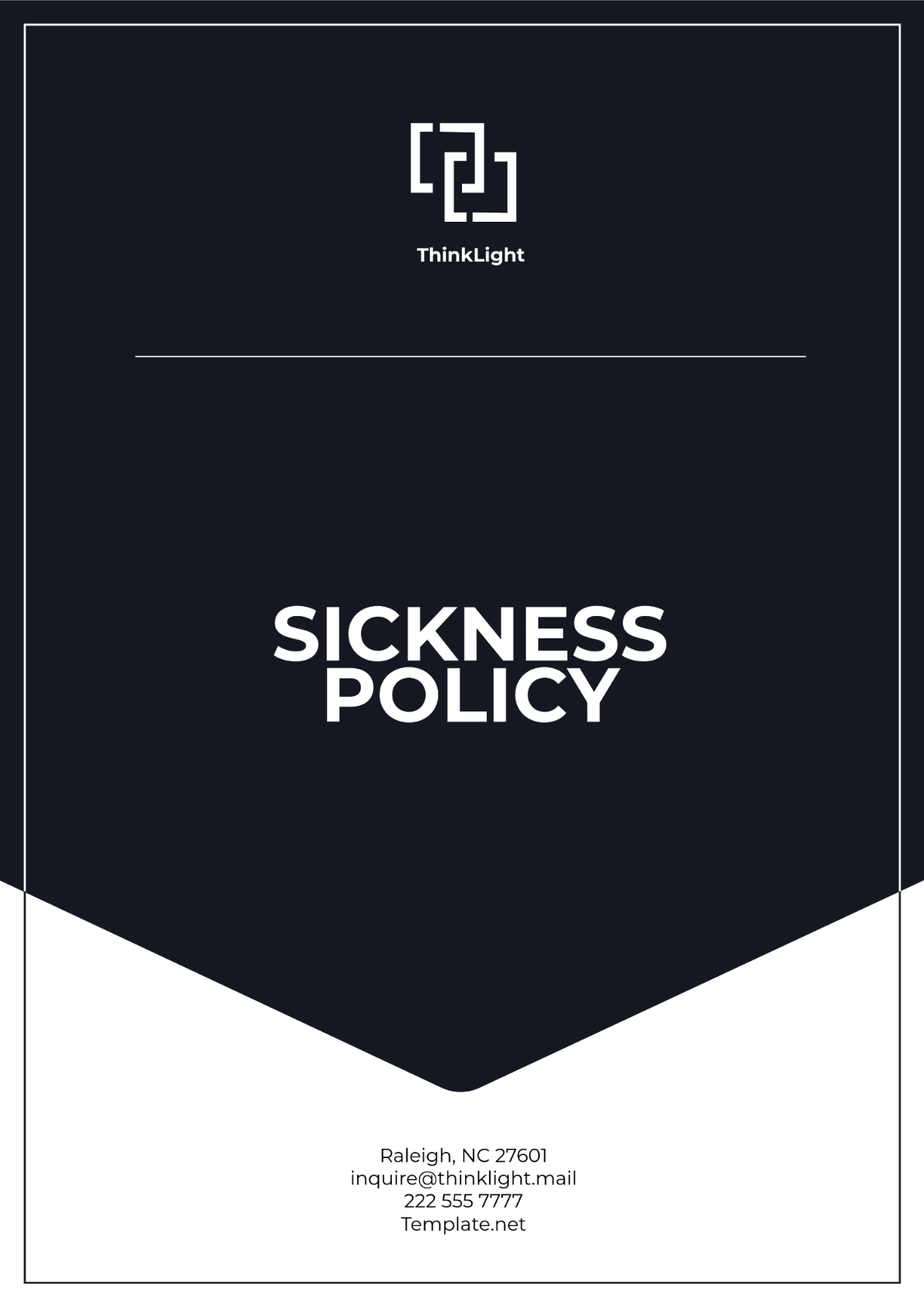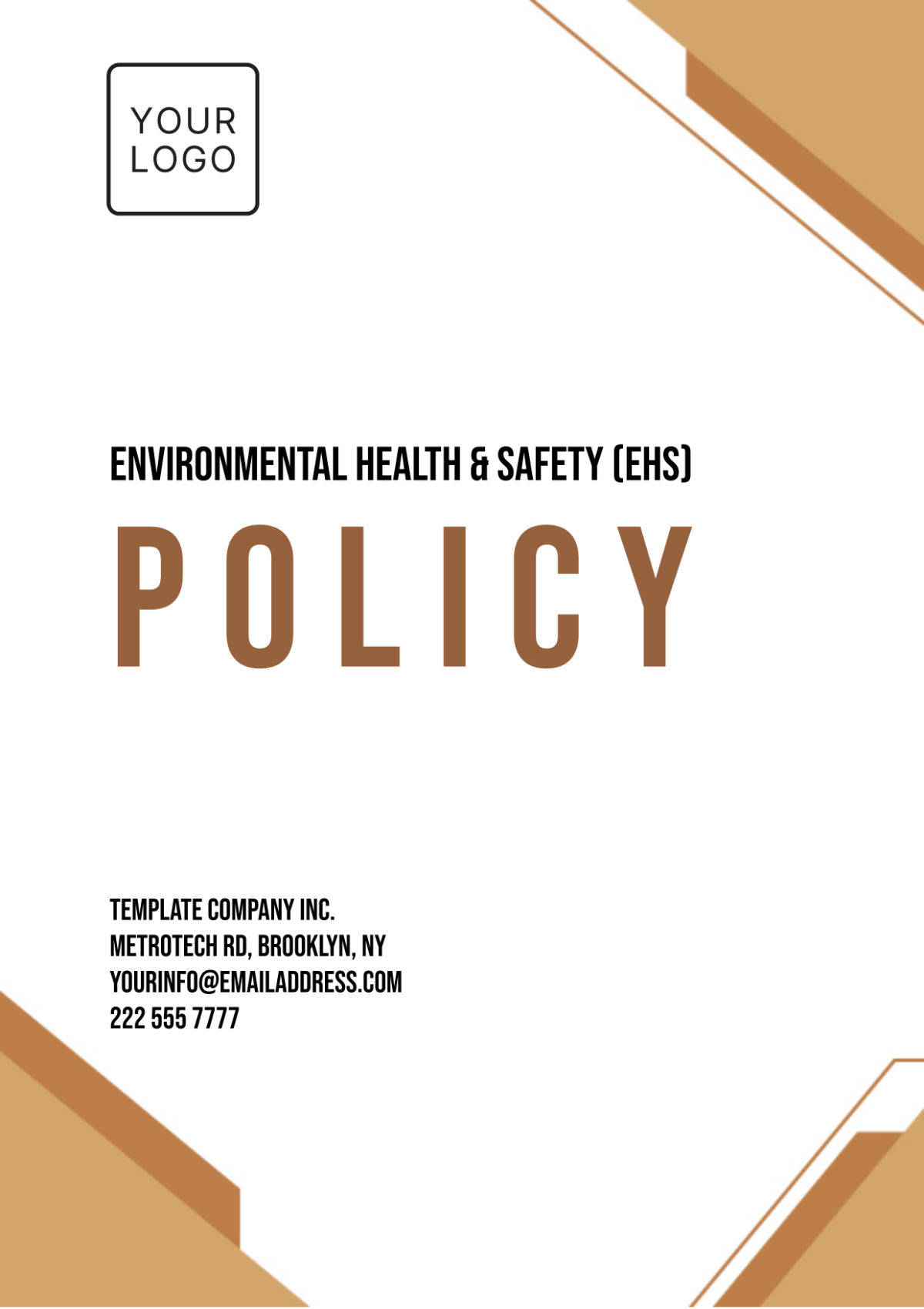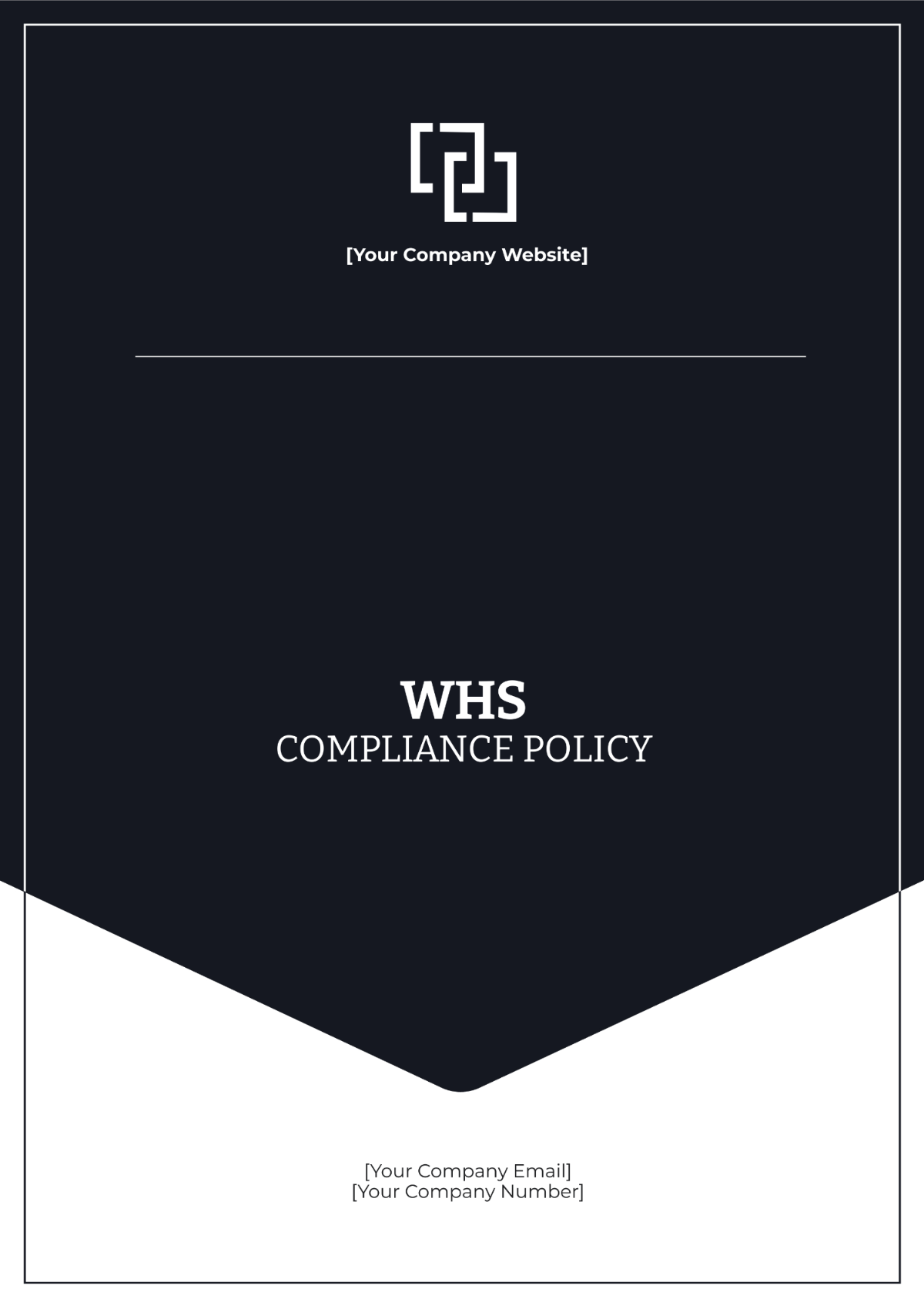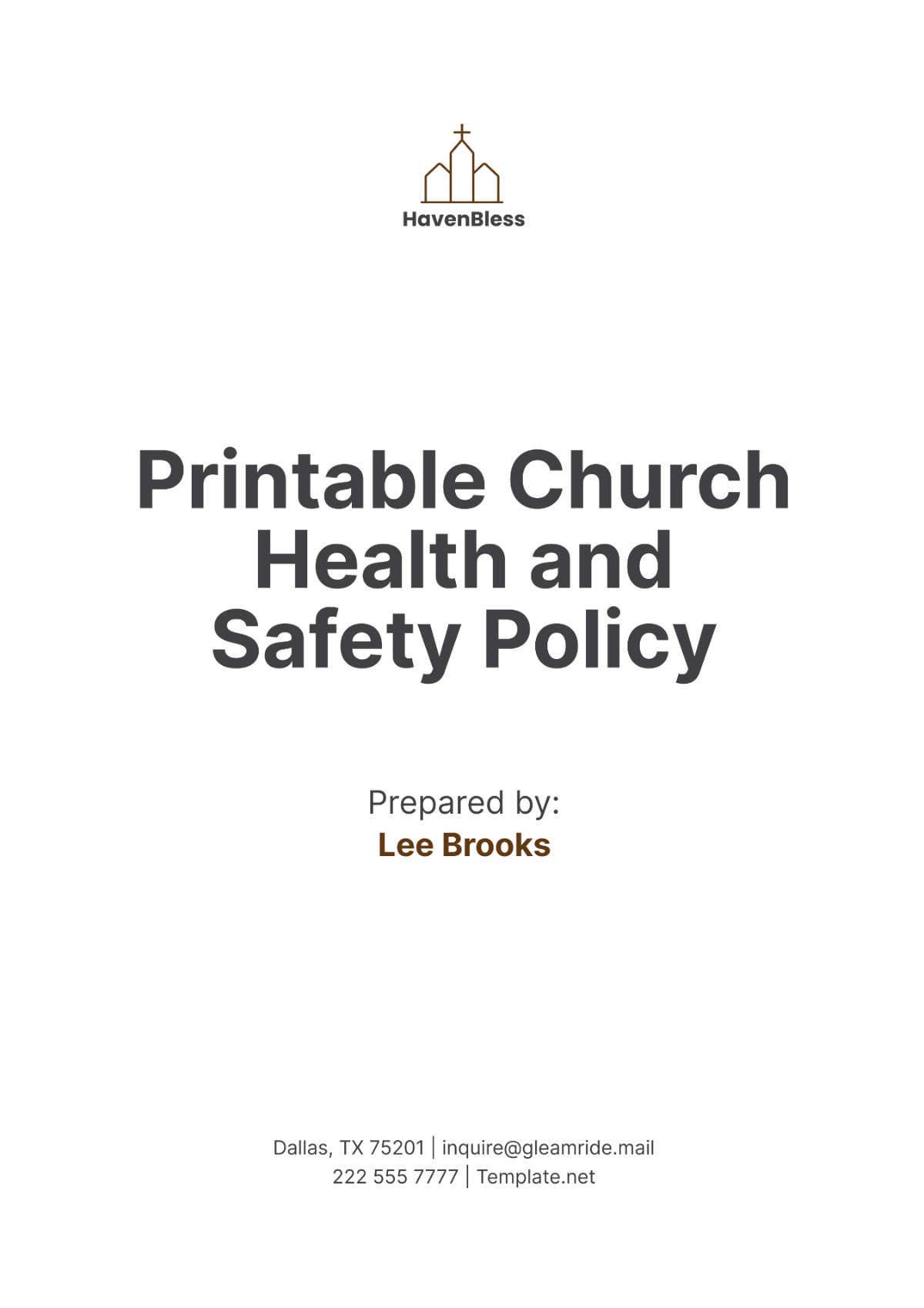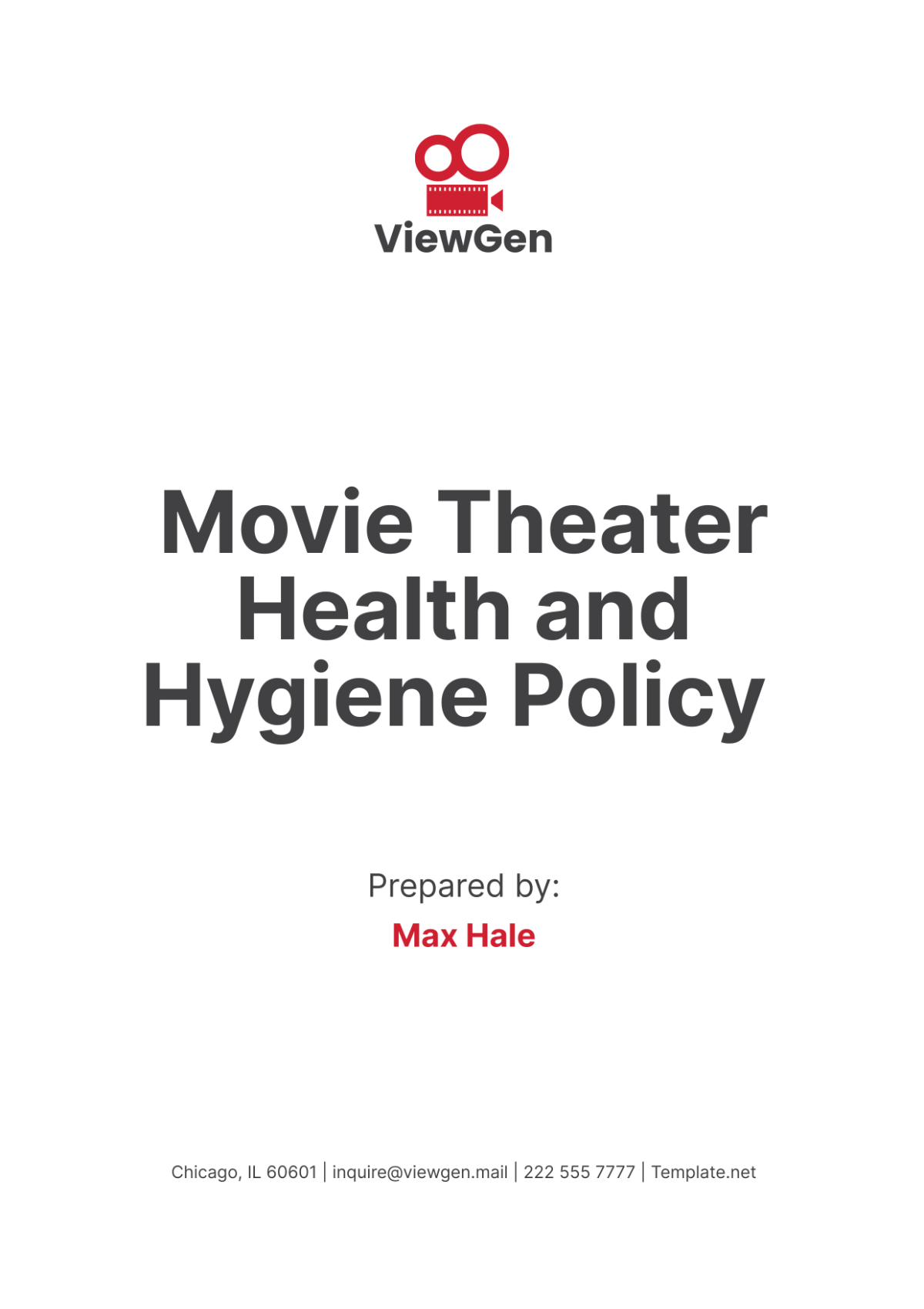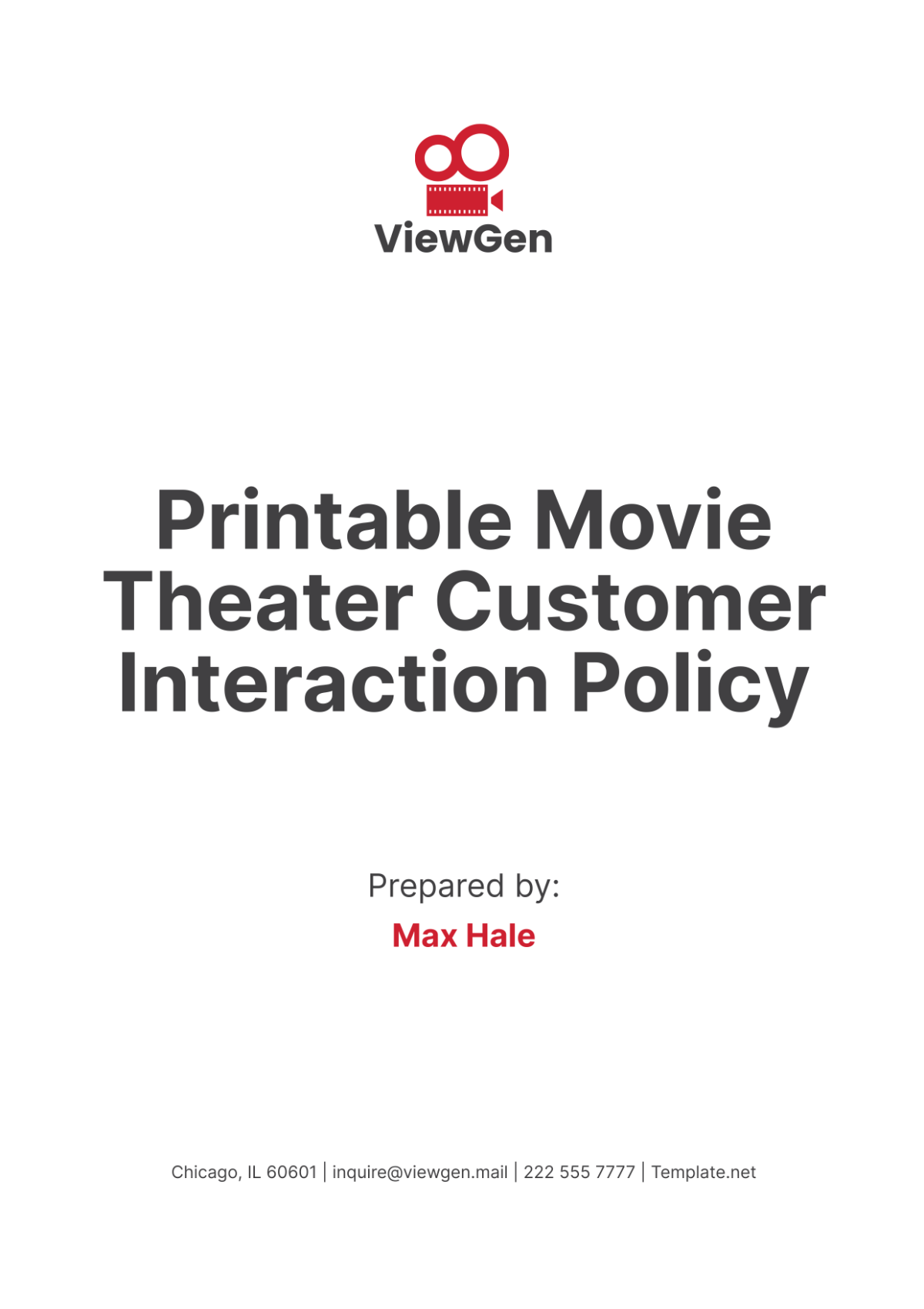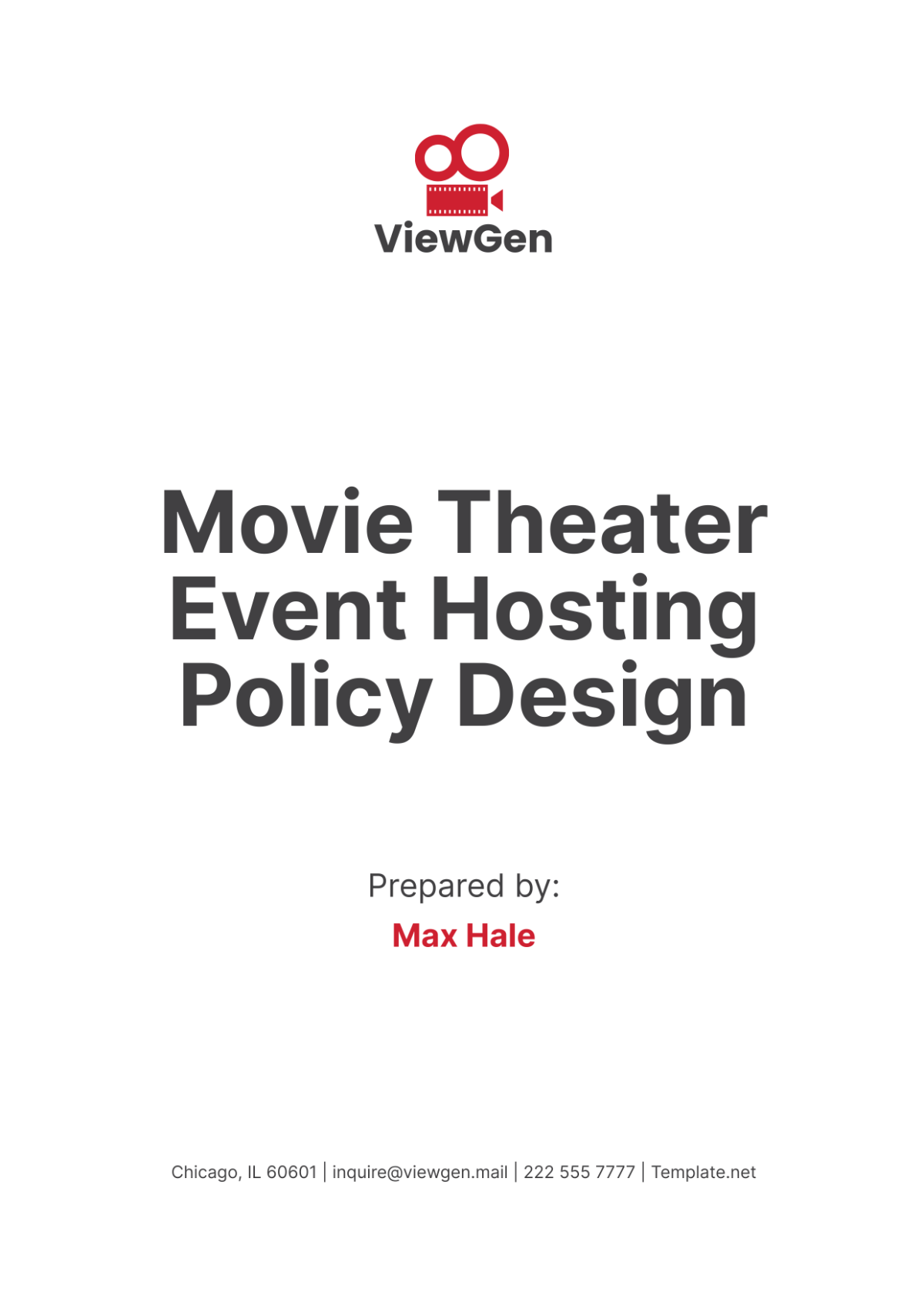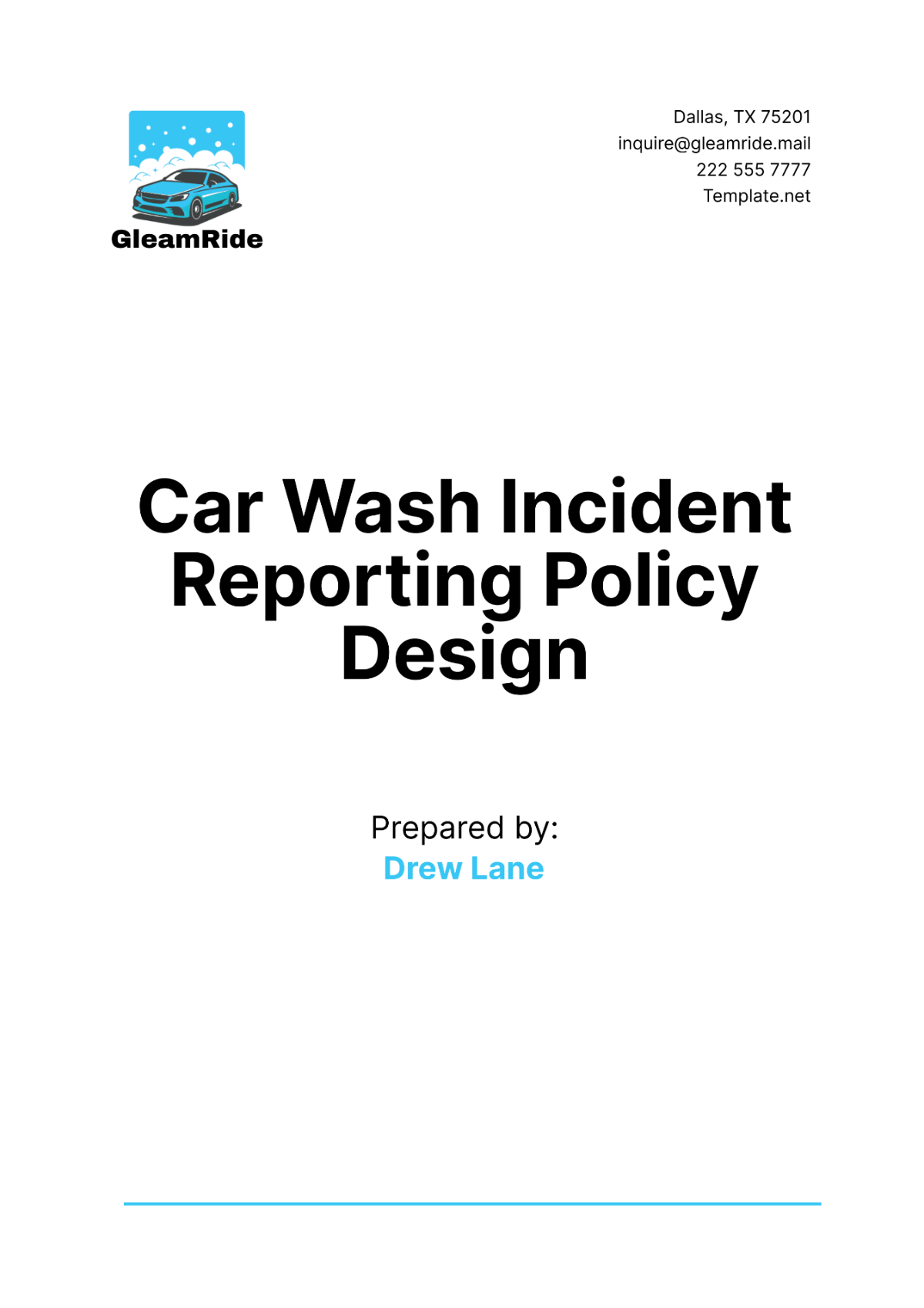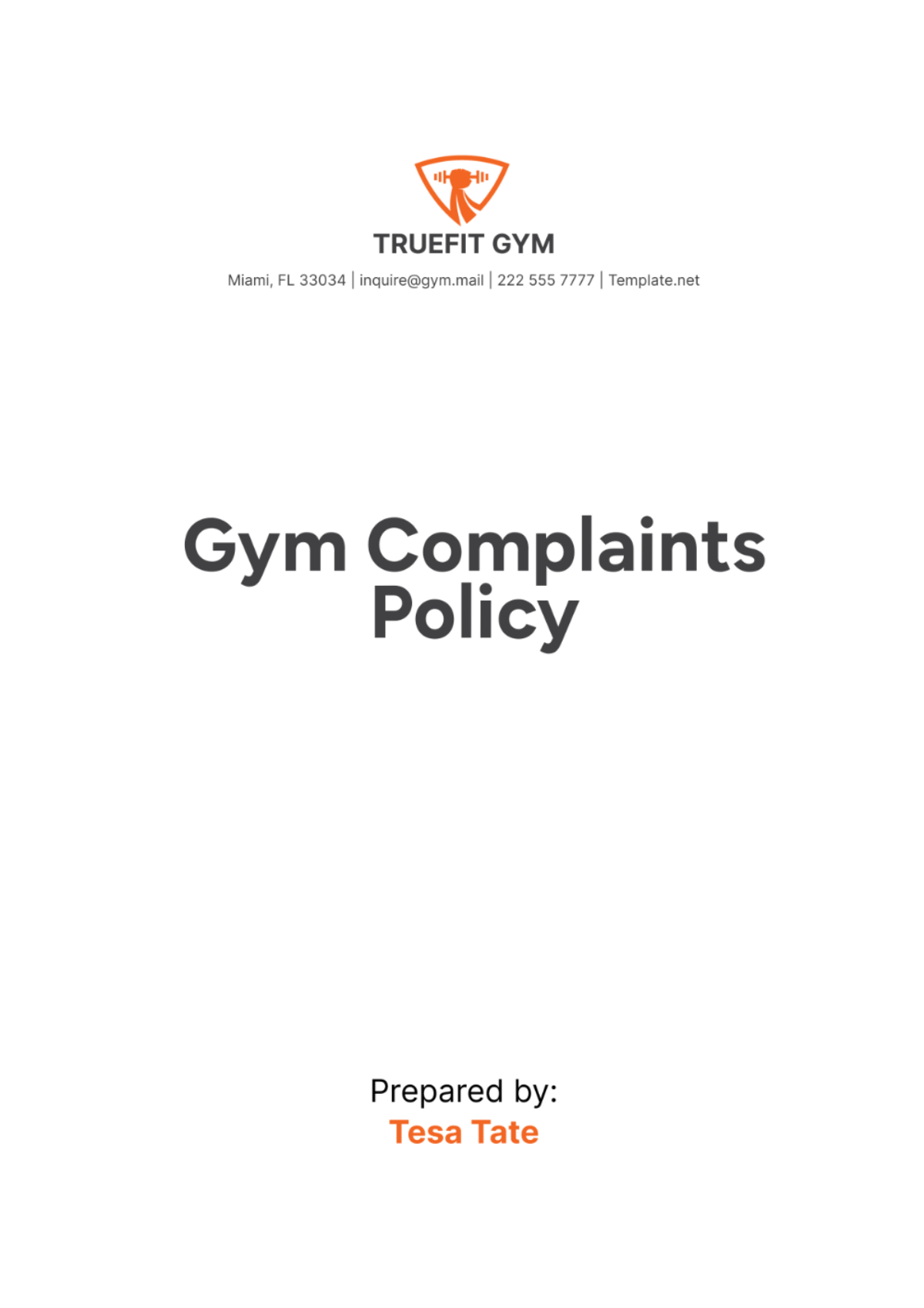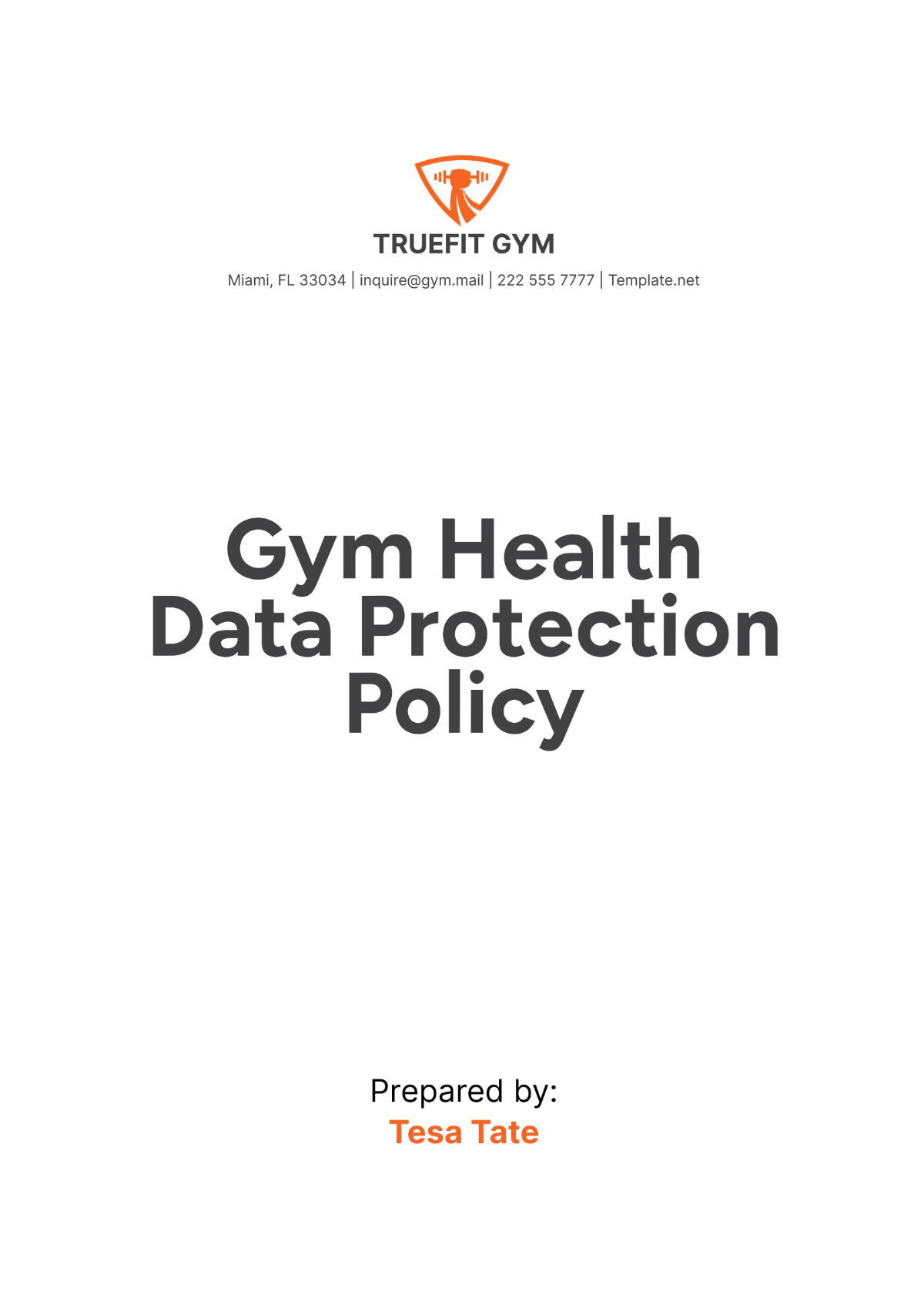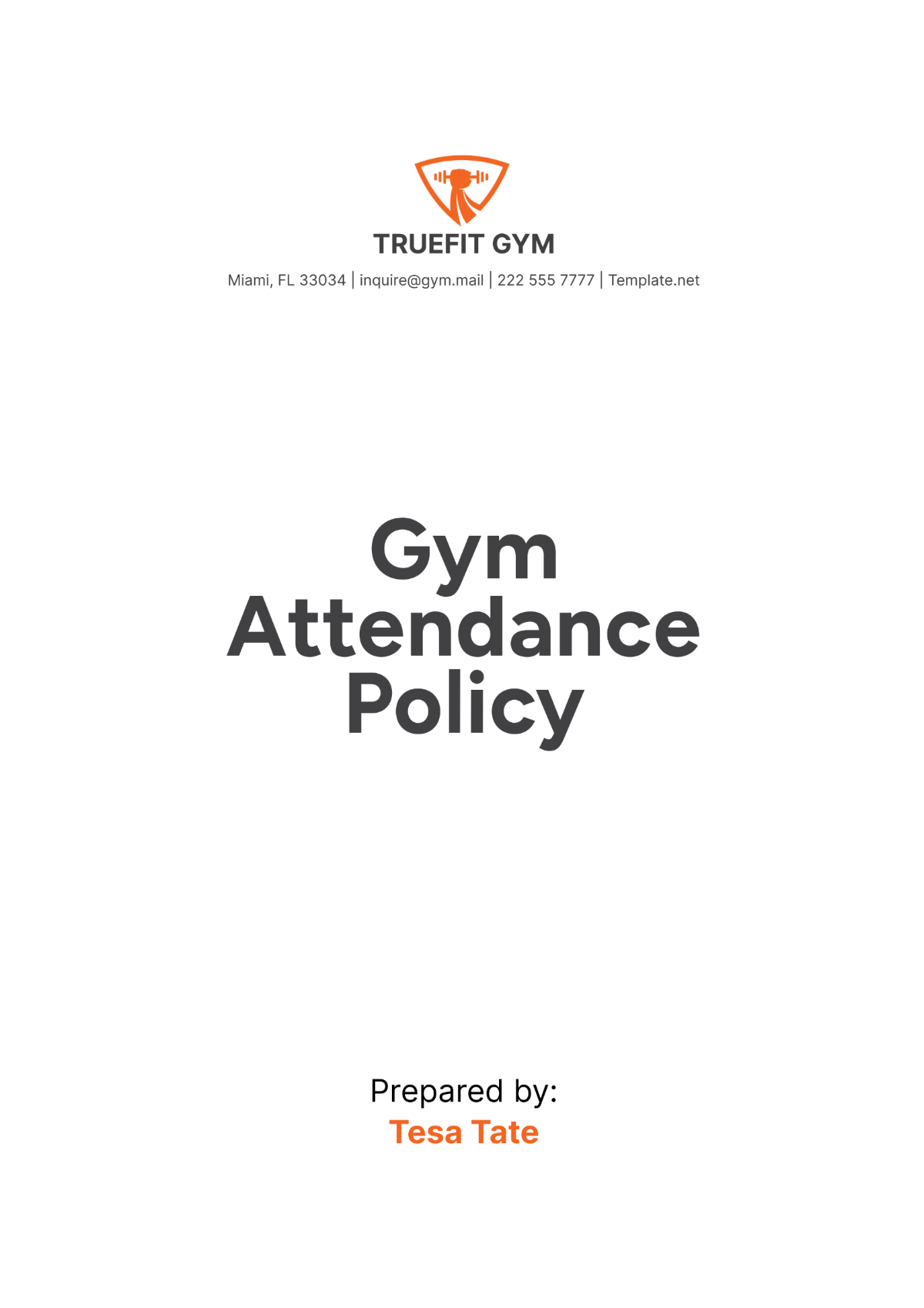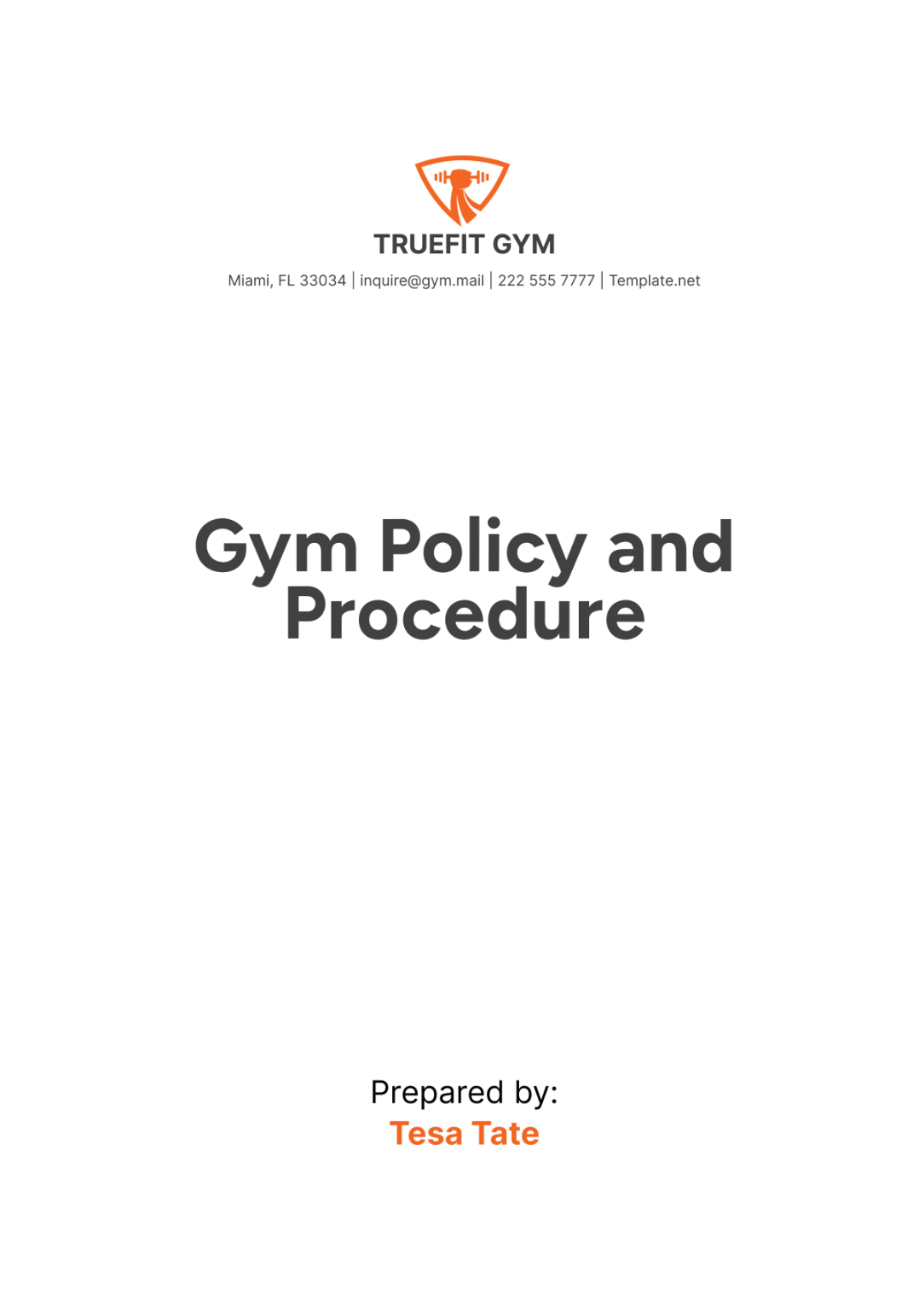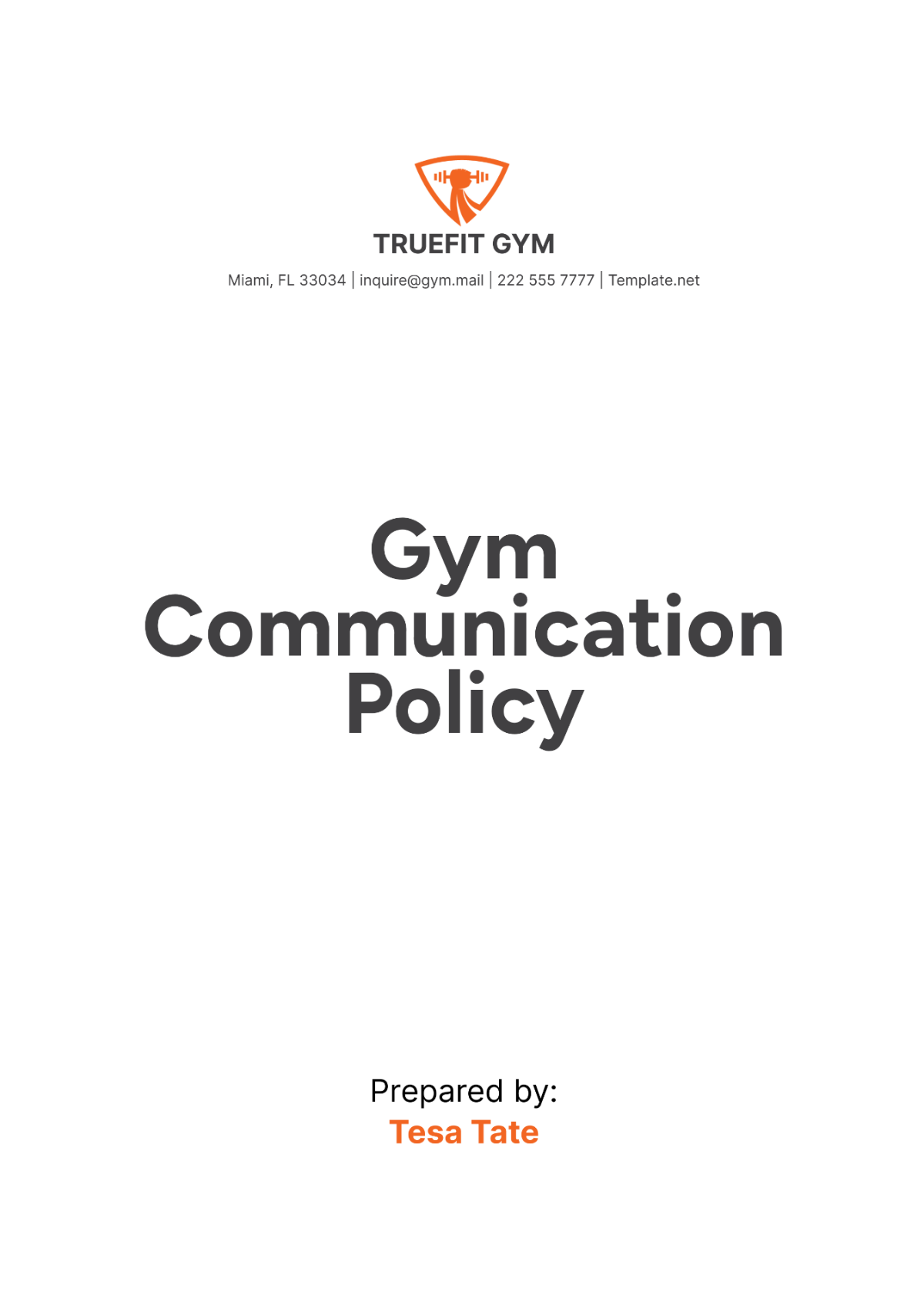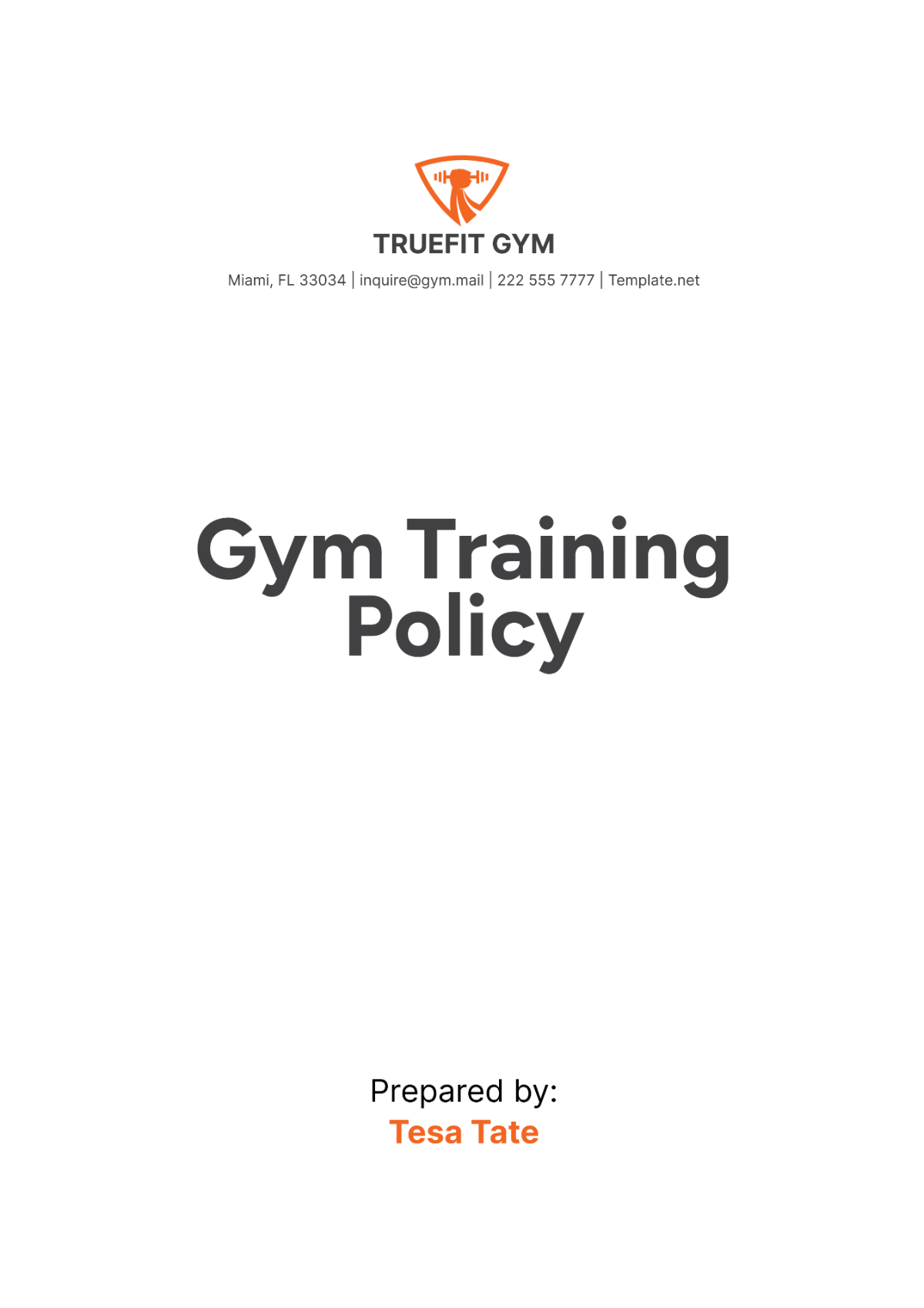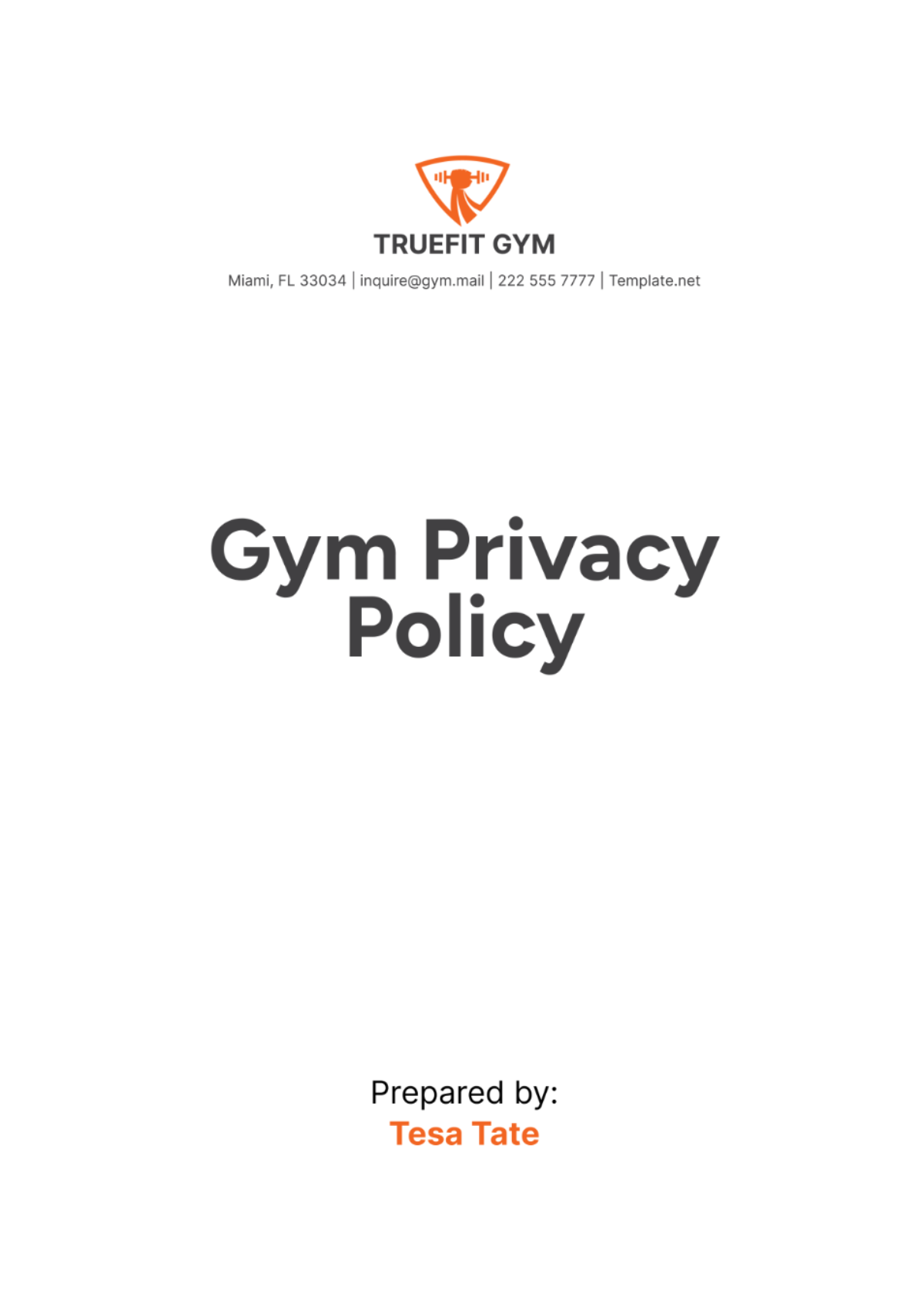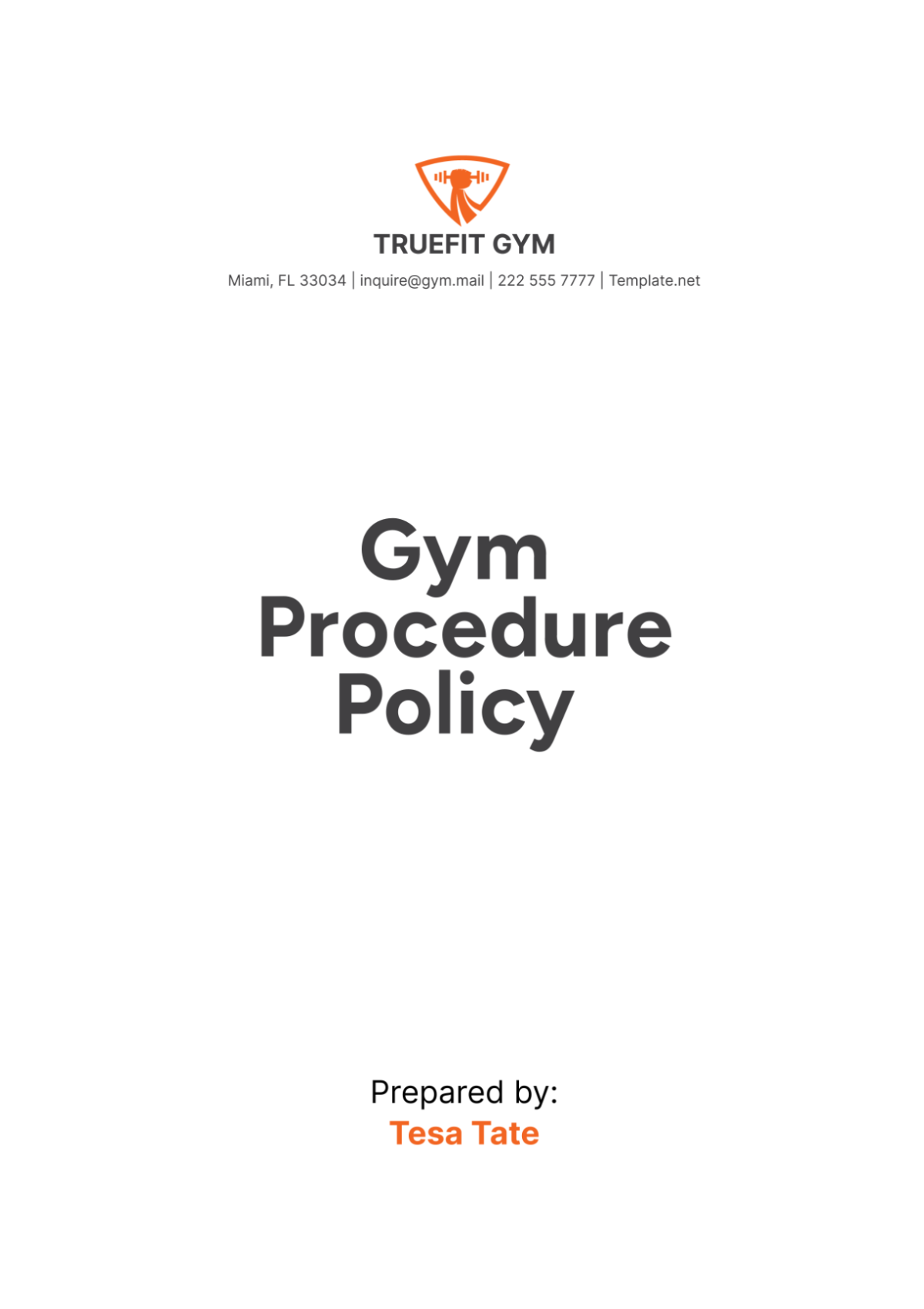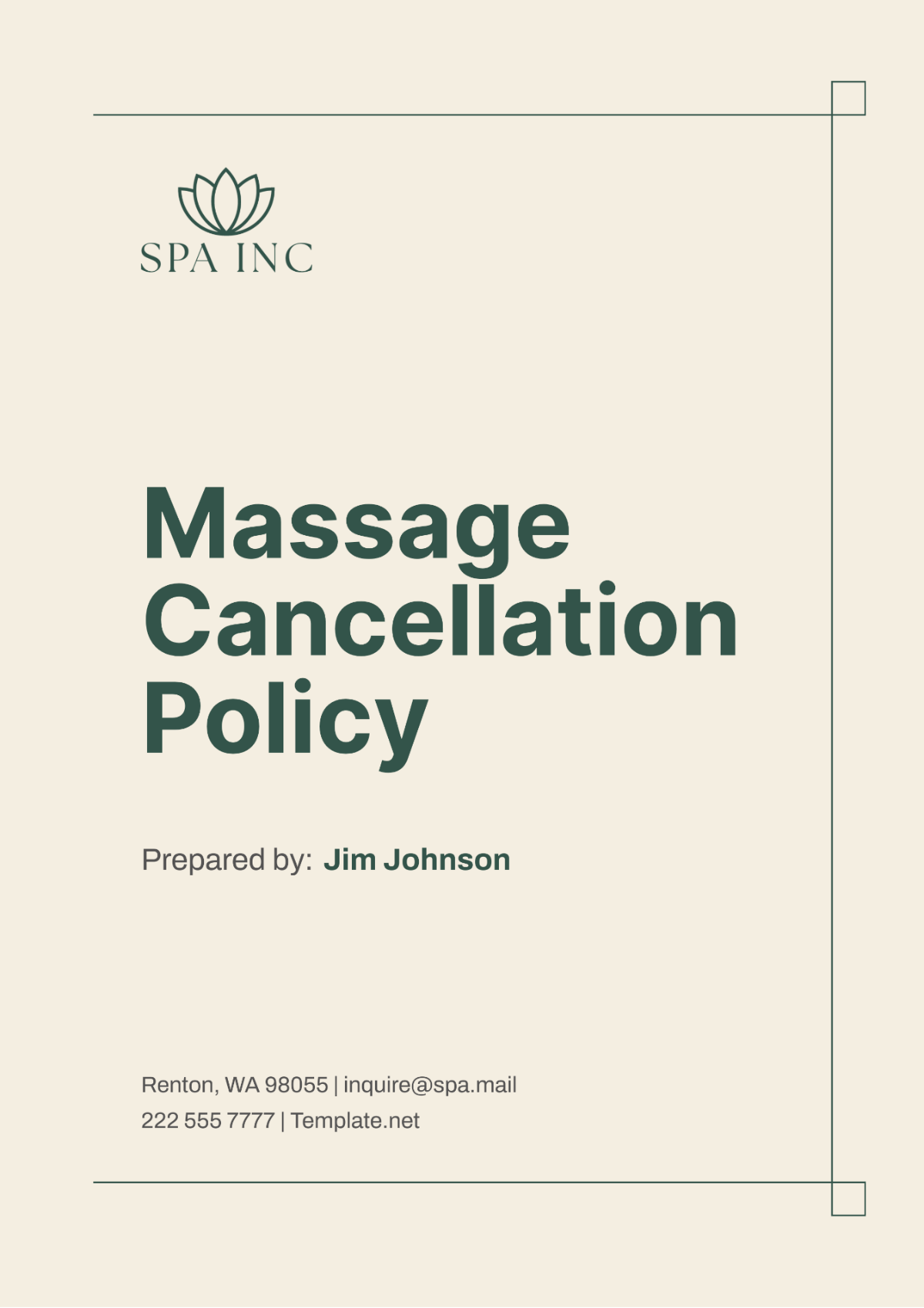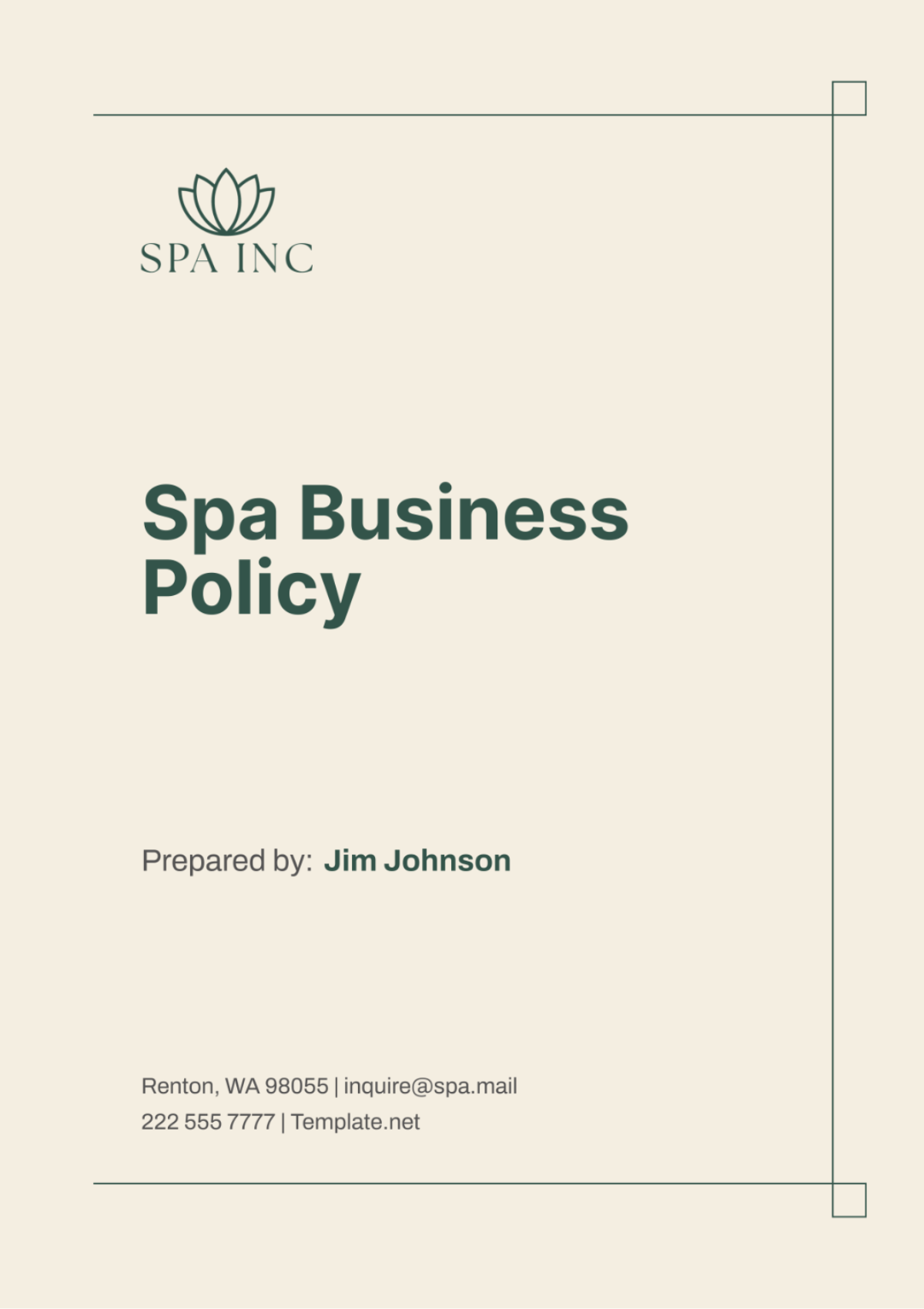Nursing Home Policy and Procedure
1. Introduction
In our commitment to excellence and compliance with [Year] healthcare standards, [Your Company Name] hereby establishes this comprehensive Nursing Home Policy and Procedure. This foundational document is meticulously designed to steer operational efficiencies and elevate the standard of care delivered within our facilities. It serves as the cornerstone for fostering an environment of ethical conduct, professional behavior, and unwavering dedication to our residents' well-being. Moreover, it details explicit procedures that guide our esteemed staff through both routine and exceptional tasks, ensuring a harmonious blend of compassion, expertise, and efficiency in every aspect of our service.
Staff Training and Competency
Central to our mission is the continuous development and empowerment of our staff. [Your Company Name] mandates rigorous training programs and ongoing professional development to ensure each team member possesses the knowledge and skills necessary to provide unparalleled care. This section outlines the procedures for initial training, annual refreshers, and competency evaluations, emphasizing the importance of staying abreast with the latest healthcare practices and technological advancements in elder care.
Resident Care and Safety
At the heart of [Your Company Name]'s operational ethos is the unwavering commitment to resident care and safety. This segment delineates the standardized protocols for resident assessment, personalized care planning, and emergency response. It establishes clear guidelines for the administration of medications, management of chronic conditions, and execution of preventive measures to mitigate health risks, thereby guaranteeing a secure and nurturing environment for all our residents.
Quality Assurance and Improvement
Recognizing the dynamic nature of healthcare, [Your Company Name] actively pursues excellence through a structured Quality Assurance and Continuous Improvement program. This initiative involves regular audits, resident feedback collection, and performance analysis to identify areas for enhancement. By fostering a culture of transparency and accountability, we ensure that our policies and procedures not only meet but exceed the expectations of our residents, their families, and regulatory bodies, securing [Your Company Name]'s position as a leader in the field of nursing home care.
2. Procedure Scope
At [Your Company Name], our procedure scope is meticulously crafted to encompass a broad spectrum of operational pillars essential for delivering premier nursing home care. This includes stringent adherence to ethical guidelines, exemplifying professional behaviors, providing exceptional clinical care, ensuring compliance with health and safety regulations, managing financial responsibilities, implementing robust administrative controls, and promoting continuous education and training. Our comprehensive approach is designed to uphold the highest standards of service and care for our residents.
2.1 Ethical Guidelines and Professional Behavior
This section lays the foundation for a culture of integrity, respect, and dignity within [Your Company Name]. It guides our staff in maintaining professional decorum, ensuring the confidentiality of resident information, and adhering to the highest ethical standards, thereby fostering a trustful and respectful environment for everyone.
Aspect | Description | Implementation Strategy |
|---|---|---|
Confidentiality | Safeguarding resident information. | Regular staff training on data protection laws. |
Respect and Dignity | Treating all residents with utmost respect. | Embedding dignity in staff orientation and ongoing workshops. |
Informed Consent | Ensuring residents or guardians make informed decisions. | Procedure manuals and consent forms updated yearly. |
Aspect | Description | Implementation Strategy |
|---|---|---|
Accountability | Staff responsibility for actions and decisions. | Periodic performance reviews and feedback sessions. |
Collaboration | Teamwork among healthcare professionals. | Team-building activities and interdepartmental meetings. |
Integrity | Upholding honesty and ethical principles. | Code of Conduct training and ethical dilemma simulations. |
2.2 Clinical Care
Our Clinical Care procedures are the heart of our commitment to resident well-being at [Your Company Name]. They detail the delivery of personalized, evidence-based care, emphasizing regular health assessments, comprehensive nursing care, and immediate emergency responses to uphold the health and comfort of our residents.
Aspect | Description | Implementation Strategy |
|---|---|---|
Patient Assessment | Regular and thorough health evaluations. | Standardized assessment tools and training in their use. |
Care Planning | Personalized care plans for each resident. | Multidisciplinary team reviews and updates care plans quarterly. |
Medication Management | Safe administration of medications. | Pharmacist-led training and automated medication dispensing systems. |
2.3 Health and Safety Regulations Compliance
Ensuring the safety and well-being of our residents and staff is paramount at [Your Company Name]. This section outlines our rigorous adherence to health and safety regulations, including the execution of safety drills, maintenance of hygienic standards, and continuous safety measure evaluations to provide a secure living environment.
Aspect | Description | Implementation Strategy |
|---|---|---|
Emergency Preparedness | Readiness for health emergencies. | Regular drills and updated emergency contact lists. |
Infection Control | Preventing the spread of infections. | Ongoing staff training and adherence to sanitation protocols. |
Facility Safety | Ensuring a safe living and working environment. | Regular safety audits and corrective action plans. |
2.4 Financial and Administrative Controls
In this section, [Your Company Name] outlines its approach to sustaining operational excellence through sound financial and administrative practices. It encompasses strategies for efficient budget management, transparent billing processes, and strict audit compliance to ensure fiscal responsibility and administrative integrity.
Aspect | Description | Implementation Strategy |
|---|---|---|
Budget Management | Efficient allocation and utilization of resources. | Annual budget reviews and monthly financial reporting. |
Billing Integrity | Accurate and ethical billing practices. | Compliance audits and staff training on billing software. |
Cost Control | Minimizing unnecessary expenditures. | Strategic sourcing and negotiation of vendor contracts. |
Aspect | Description | Implementation Strategy |
|---|---|---|
Record Keeping | Maintaining accurate and comprehensive records. | Digital record-keeping systems with access controls. |
Policy Compliance | Adherence to internal policies and external regulations. | Regular policy review meetings and compliance training. |
Staff Management | Effective recruitment, training, and retention of staff. | Competency-based hiring and continuous professional development programs. |
2.5 Continuous Education and Training
At [Your Company Name], we believe in the power of knowledge and the importance of ongoing professional development. This section details our commitment to providing continuous education and training opportunities for our staff, ensuring they remain at the forefront of industry standards, innovative practices, and technological advancements in elder care.
Aspect | Description | Implementation Strategy |
|---|---|---|
Professional Development | Ongoing skill enhancement for staff. | Access to online courses, workshops, and seminars. |
Regulatory Updates | Keeping abreast of changes in healthcare regulations. | Subscription to regulatory newsletters and webinars. |
Innovative Practices | Incorporation of new technologies and methodologies. | Partnerships with academic institutions and technology firms for pilot programs. |
4. Reminders & Tips
This segment is a testament to our unwavering commitment to ethical and professional excellence, emphasizing the paramount importance of prioritizing resident health, adhering strictly to evolving health and safety standards, maintaining transparency in financial dealings, and fostering an environment of continuous learning and improvement. Through these pillars, we not only ensure the highest quality of care for our residents but also bolster the growth and development of our dedicated team.
Ethical and Professional Standards
Uphold the highest ethical and professional standards, as these form the backbone of trust and integrity in our interactions with residents, their families, and among colleagues.
Resident Health and Well-Being
Always prioritize the health and well-being of our residents, ensuring decisions are made with their best interests in mind, fostering a safe and nurturing environment.
Health and Safety Regulations
Remain vigilant and informed about the latest health and safety regulations to ensure our practices are in strict compliance, safeguarding our community's well-being.
Financial and Administrative Transparency
Embrace transparency and accountability in all financial and administrative processes, ensuring operations are conducted with integrity and in alignment with our ethical standards.
Continuous Education and Training
Actively engage in ongoing education and training opportunities to enhance your skills and knowledge, staying at the forefront of industry advancements and best practices.
5. Resident Rights and Family Engagement
At [Your Company Name], we deeply value the rights of our residents and the importance of family engagement in their care. This section outlines our commitment to respecting the dignity, privacy, and freedoms of our residents, while fostering an open, inclusive environment that encourages family participation in care planning and decision-making processes. We prioritize transparent communication, ensuring that residents and their families are well-informed about care options, treatment plans, and the resident's ongoing health status. Additionally, we facilitate regular family meetings, provide updates on policy changes, and offer various channels for families to express concerns or provide feedback, strengthening the partnership between our facility and the families we serve.
5.1 Resident Autonomy
Respect for resident autonomy and personal choices in their care and daily activities, within the bounds of their care plans and safety guidelines.
Principle | Description | Implementation Strategy |
|---|---|---|
Choice of Care | Residents have the right to make choices about their care plan. | Involve residents in care planning meetings and decision-making processes. |
Daily Activities | Residents can choose their daily activities within their care plans and safety guidelines. | Offer a variety of activity options and adapt to individual preferences and needs. |
Privacy in Care | Respecting resident's need for privacy in personal care and activities. | Train staff on privacy practices and ensure private spaces for personal activities. |
5.2 Family Involvement
Structured protocols for involving families in care discussions, decision-making, and regular updates on the resident's condition and any changes in care plans.
Principle | Description | Implementation Strategy |
|---|---|---|
Inclusion in Care Planning | Families are invited to participate in care planning and review meetings. | Schedule regular care planning sessions with families, providing flexible options for participation. |
Decision-Making Support | Supporting families in making informed decisions about their loved one's care. | Provide comprehensive information on care options and outcomes to families. |
Regular Updates | Keeping families informed about the resident's condition and any care plan changes. | Establish a structured communication plan, including periodic updates and meetings. |
5.3 Communication and Information
Commitment to clear, compassionate, and regular communication with residents and their families, ensuring they are fully informed and engaged in the care process.
Principle | Description | Implementation Strategy |
|---|---|---|
Clear Communication | Ensure all communication with residents and families is clear and understandable. | Use plain language in verbal and written communications; offer translation services as needed. |
Compassionate Interaction | Communication should be compassionate, respectful, and supportive. | Train staff on effective, empathetic communication techniques. |
Engagement in Care | Residents and families are actively engaged in the care process. | Provide avenues for regular feedback and participation in care planning. |
5.4 Privacy and Confidentiality
Assurance of strict confidentiality and privacy practices to protect resident information, with respect for personal space and dignity at all times.
Principle | Description | Implementation Strategy |
|---|---|---|
Protection of Information | All resident information is kept confidential and secure. | Employ secure data storage and access protocols; regular staff training on confidentiality. |
Respect for Personal Space | Maintaining the dignity and privacy of residents in their personal space. | Designate areas within the facility that ensure privacy; educate staff on respecting resident spaces. |
Confidential Conversations | Ensuring conversations about care and personal matters are conducted privately. | Create private spaces for discussions; train staff on maintaining confidentiality during conversations. |
5.5 Grievance and Feedback Mechanism
Implementation of a responsive and respectful grievance and feedback mechanism for residents and families to share their experiences and concerns.
Principle | Description | Implementation Strategy |
|---|---|---|
Accessible Mechanisms | Provide easily accessible ways for residents and families to express grievances and feedback. | Implement suggestion boxes, dedicated phone lines, and digital feedback forms. |
Responsive System | Ensure timely responses to grievances and feedback. | Establish a protocol for addressing feedback within a specific timeframe. |
Respectful Treatment | All grievances and feedback are treated with respect and seriousness. | Train staff on handling grievances empathetically and professionally; ensure follow-up actions are communicated. |
6. Monitoring and Evaluation
To ensure [Your Company Name] not only adheres to its high standards but also continuously evolves to meet the dynamic needs of our residents and the broader healthcare landscape, we have established a robust Monitoring and Evaluation framework. This framework is designed to systematically assess the effectiveness of our policies and procedures, identify areas for improvement, and implement changes to enhance the quality of care. Through regular audits, resident satisfaction surveys, and performance metrics, we rigorously evaluate the outcomes of our services and operational processes. Feedback from residents, families, and staff plays a crucial role in our quality improvement cycle, enabling us to adapt and refine our practices to achieve excellence in care and service.
Performance Audits
Routine audits of clinical, operational, and administrative functions to ensure compliance with standards and identify areas for improvement.
Resident Satisfaction
Regular collection and analysis of resident and family feedback through surveys and meetings to gauge satisfaction and address any concerns promptly.
Quality Improvement Initiatives
Ongoing initiatives aimed at enhancing the quality of care, based on data from audits and feedback, involving staff at all levels in the improvement process.
Staff Performance and Development
Assessment of staff performance against established benchmarks, with opportunities for professional development and training to address gaps.
Policy and Procedure Review
Periodic review and update of policies and procedures to reflect best practices, regulatory changes, and feedback from the community we serve.
7. Emergency Preparedness and Response
In the ever-changing landscape of healthcare, the safety and well-being of our residents at [Your Company Name] are paramount, necessitating a comprehensive Emergency Preparedness and Response plan. This crucial section delineates our strategic approach to planning, executing, and managing emergency situations, ensuring swift, coordinated actions that prioritize the safety of residents, staff, and visitors. Our multifaceted strategy encompasses risk assessment, emergency response training, evacuation procedures, and post-event recovery plans, all tailored to address a wide array of potential emergencies including natural disasters, medical emergencies, and other unforeseen events.
7.1 Risk Assessment and Planning
Conduct thorough risk assessments to identify potential emergency scenarios and develop detailed response plans for each identified risk, ensuring comprehensive preparedness.
Risk Category | Potential Scenarios | Response Plan |
|---|---|---|
Natural Disasters | Floods, earthquakes, severe storms | Evacuation routes and shelter-in-place protocols; emergency supply kits; contact with local disaster relief services |
Medical Emergencies | Pandemic outbreak, resident falls, sudden illness | Isolation procedures; immediate medical response teams; hospital transfer protocols |
Security Threats | Unauthorized entry, resident elopement | Security system enhancements; staff training on resident monitoring and visitor verification; lockdown procedures |
Fire | Fire in facility or nearby | Fire evacuation plans; regular fire drill conduct; coordination with local fire department |
Utility Failures | Power loss, water contamination | Backup generators; emergency water supplies; alternative accommodation plans |
7.2 Staff Training and Drills
Implement regular training sessions and drills for all staff to ensure readiness in emergency situations, emphasizing roles, responsibilities, and procedures for effective response.
Training Module | Description | Frequency |
|---|---|---|
Emergency Evacuation | Procedure for safe evacuation, including residents with special needs | Bi-annually |
Medical Emergency Response | First aid, CPR, and specific medical condition response | Annually |
Fire Safety | Use of fire extinguishers, understanding fire alarms, and fire evacuation routes | Annually |
Security Protocols | Managing unauthorized access and resident elopement | Bi-annually |
Utility Failure Response | Procedures for maintaining care during power or water outages | Bi-annually |
7.3 Communication Systems
Establish and maintain robust communication systems to alert staff, residents, and families swiftly in the event of an emergency, ensuring clear, timely information dissemination.
Component | Description | Maintenance |
|---|---|---|
Alarm Systems | Audible alarms for different types of emergencies | Tested monthly |
Communication Devices | Phones, intercoms, and two-way radios for staff coordination | Checked bi-monthly |
Emergency Contact Lists | Updated lists of emergency contacts for residents and staff | Reviewed and updated quarterly |
Public Address System | Facility-wide announcements during emergencies | Tested monthly |
Notification Protocols | Procedures for notifying families and emergency services | Reviewed and practiced annually |
7.4 Evacuation Procedures
Outline clear, accessible evacuation procedures, including routes, assembly points, and special considerations for residents with mobility or cognitive impairments, ensuring everyone's safety.
Procedure Element | Description | Special Considerations |
|---|---|---|
Evacuation Routes | Clearly marked and accessible routes out of the facility | Routes are wheelchair accessible; visual aids for residents with cognitive impairments |
Assembly Points | Designated safe areas outside the facility | Accessible for all mobility levels; sheltered areas for adverse weather conditions |
Resident Checklists | Lists of residents and their specific evacuation needs | Special equipment for residents with severe mobility issues; protocols for those with critical medical equipment |
Staff Roles | Defined roles for staff during an evacuation | Specific staff assigned to assist residents with mobility or cognitive impairments |
7.5 Recovery and Support
Develop post-emergency recovery plans to quickly restore normal operations, assess the emotional and physical well-being of residents and staff, and provide necessary support services.
Recovery Aspect | Description | Implementation |
|---|---|---|
Operations Restoration | Plan to resume normal operations, including utility and facility checks | Immediate assessment post-emergency; prioritizing essential services restoration |
Emotional Support | Counseling and support services for residents and staff post-emergency | On-site counseling sessions; referrals to external mental health professionals |
Physical Well-being | Medical assessments for residents and staff following an emergency | Health screenings; monitoring for post-traumatic stress symptoms |
Review and Learning | Analyzing the emergency response to identify improvements | Debrief sessions with staff; feedback collection from residents and families |
Communication | Informing families and residents about the return to normal operations and any changes in care plans | Letters, emails, and meetings to provide updates and reassure all parties involved |
This Nursing Home Policy and Procedure, as meticulously crafted by [Your Company Name], stands as a comprehensive guide ensuring excellence in care, ethical integrity, and operational efficiency. It embodies our unwavering commitment to the well-being of our residents and the professionalism of our staff, setting a benchmark for quality care and regulatory compliance within the healthcare industry.
